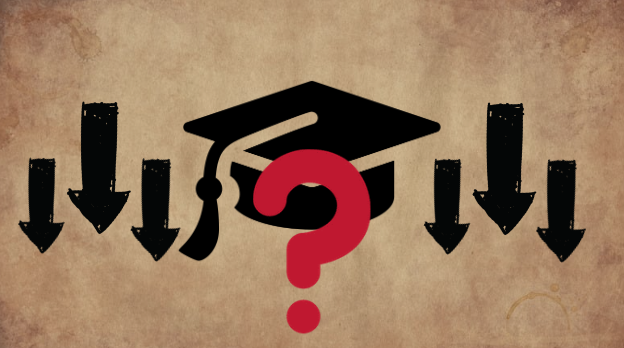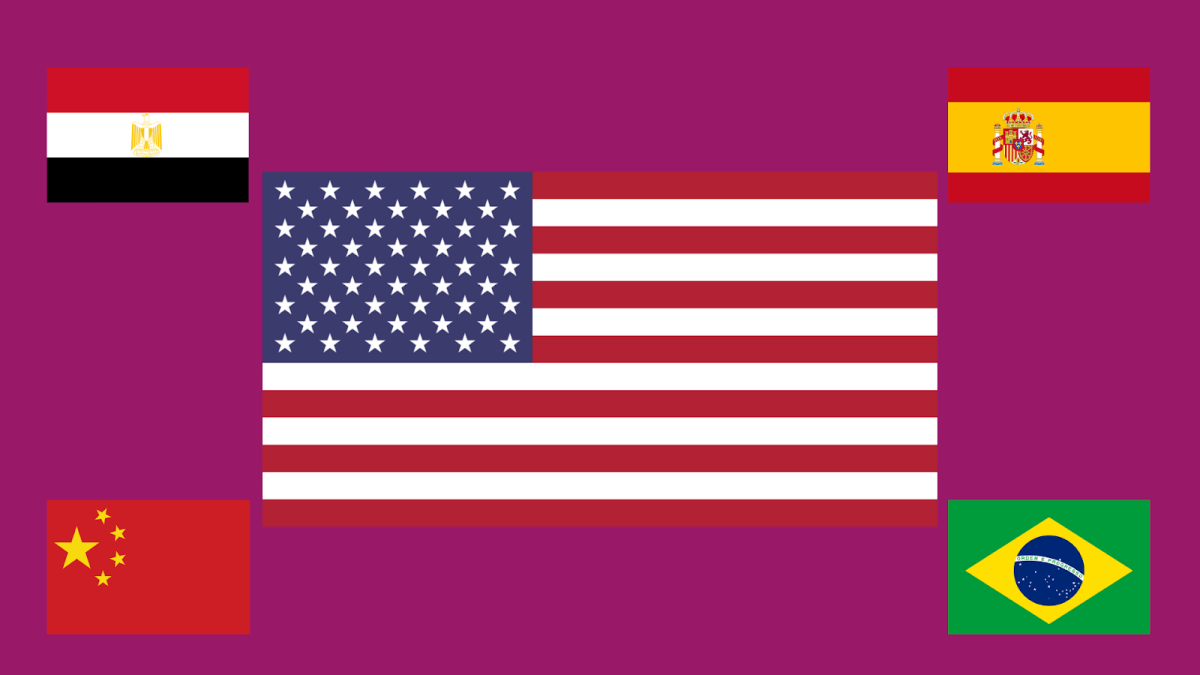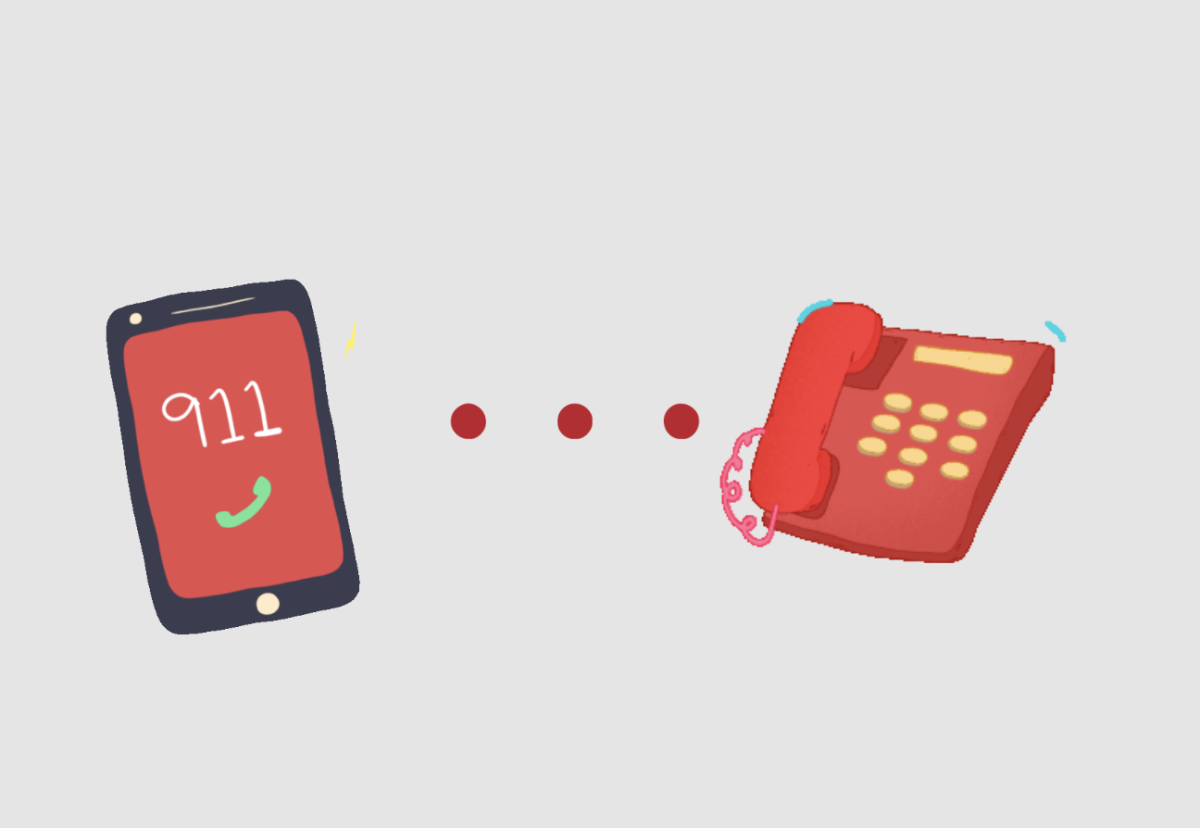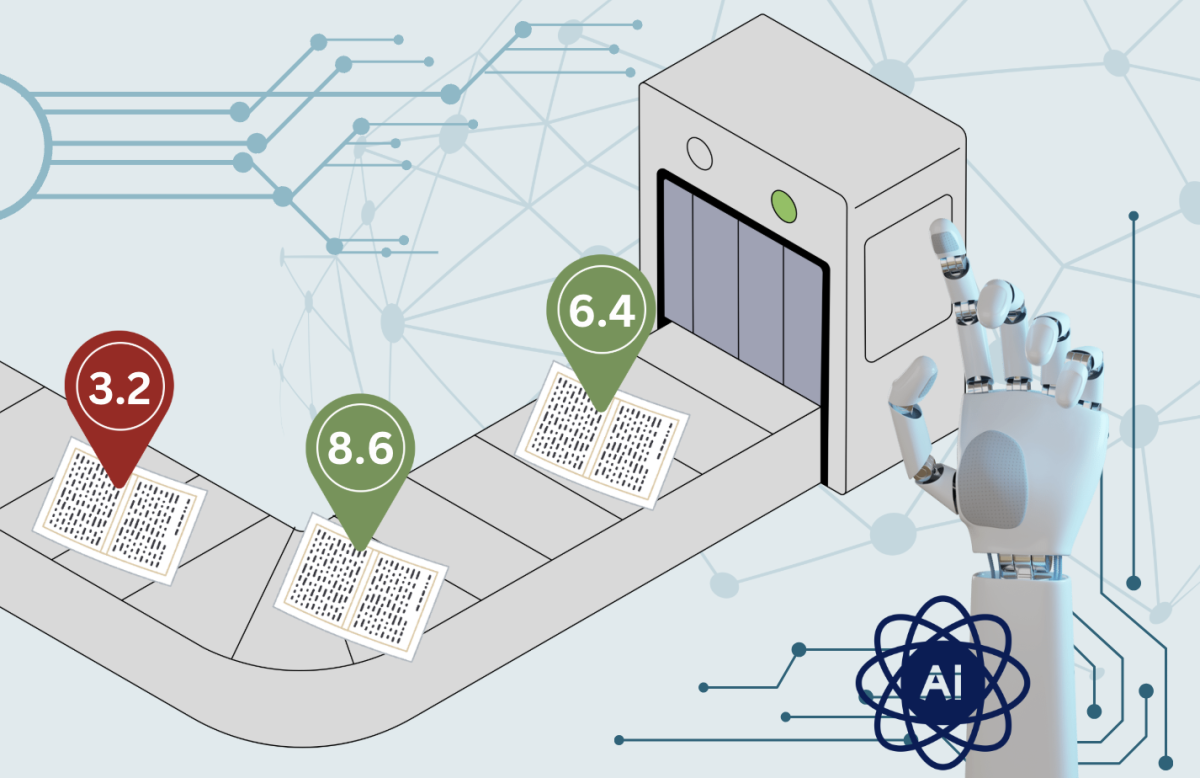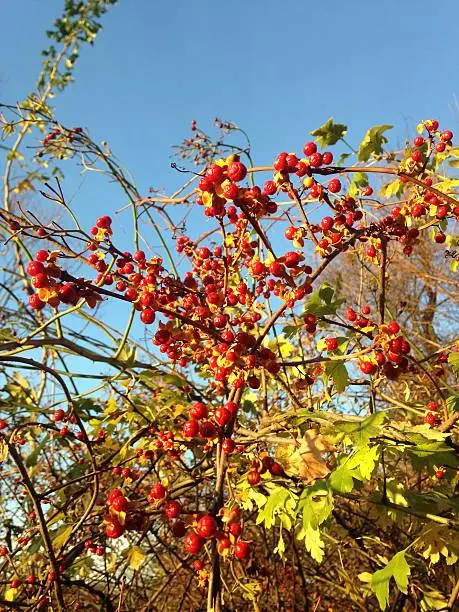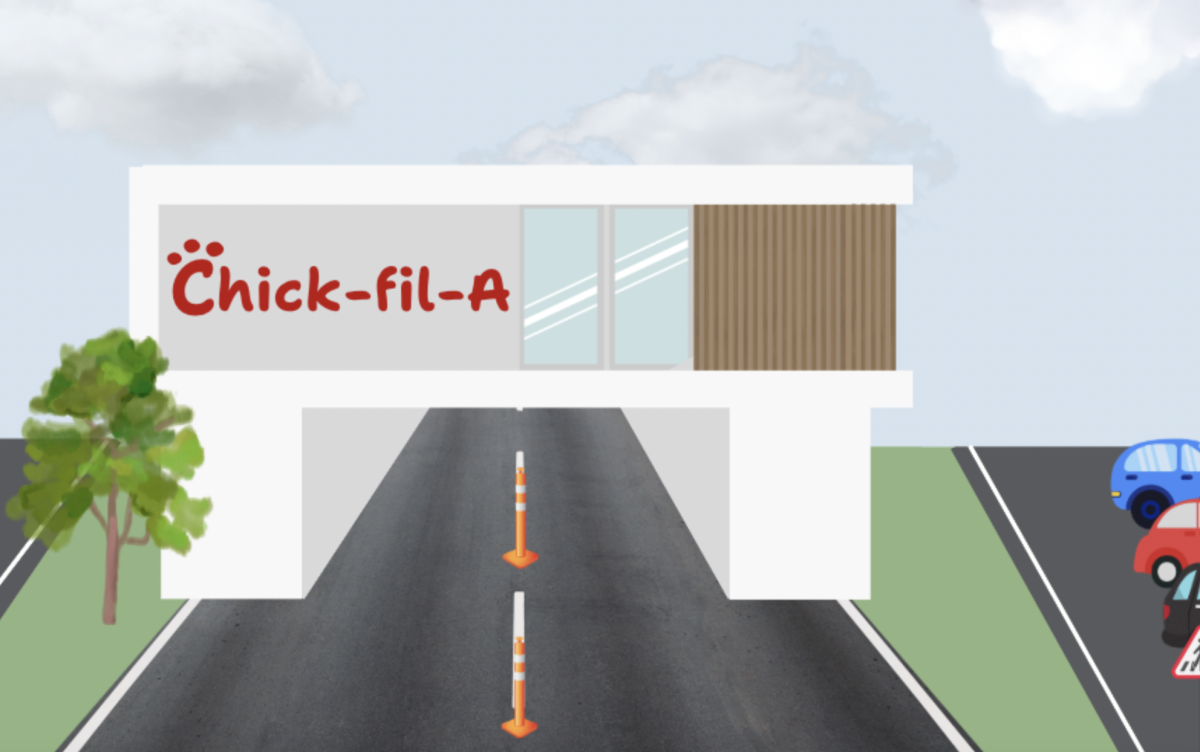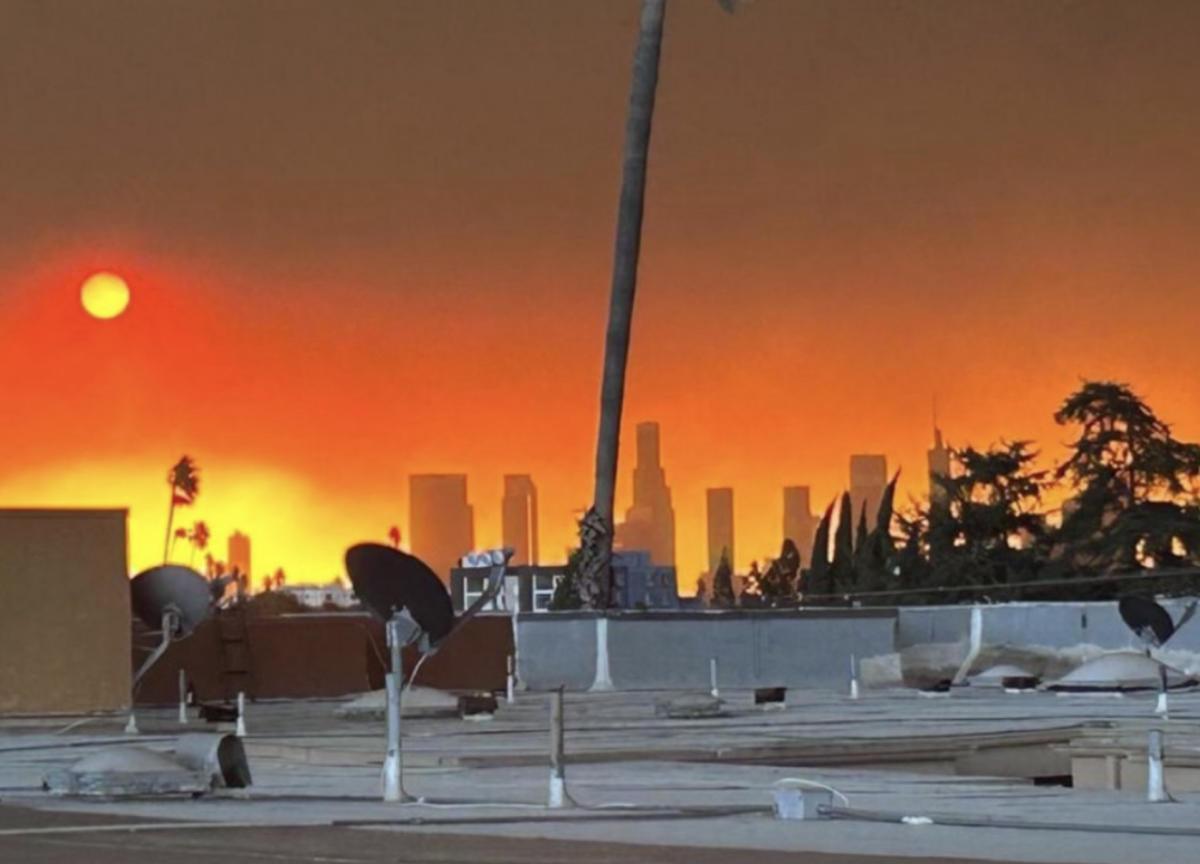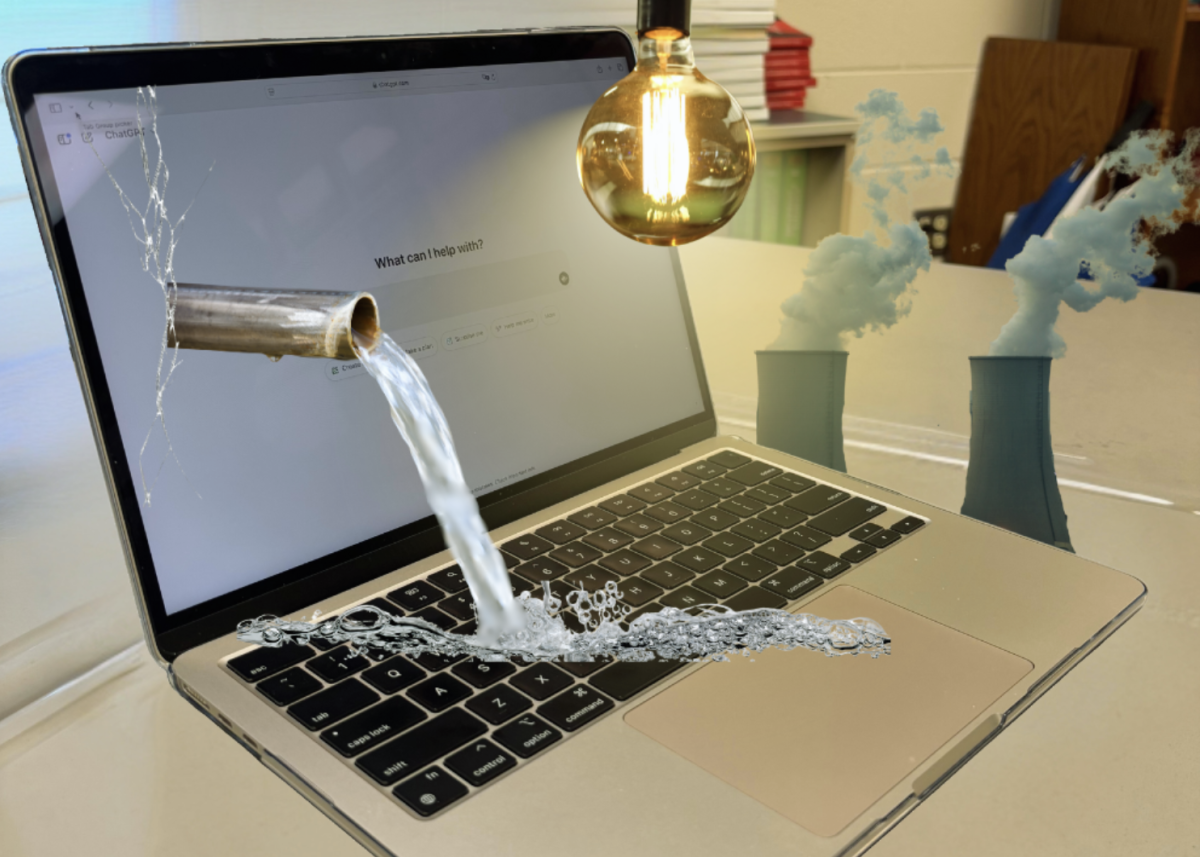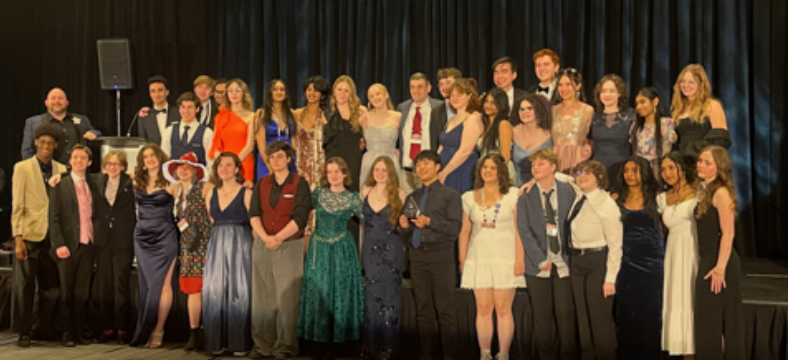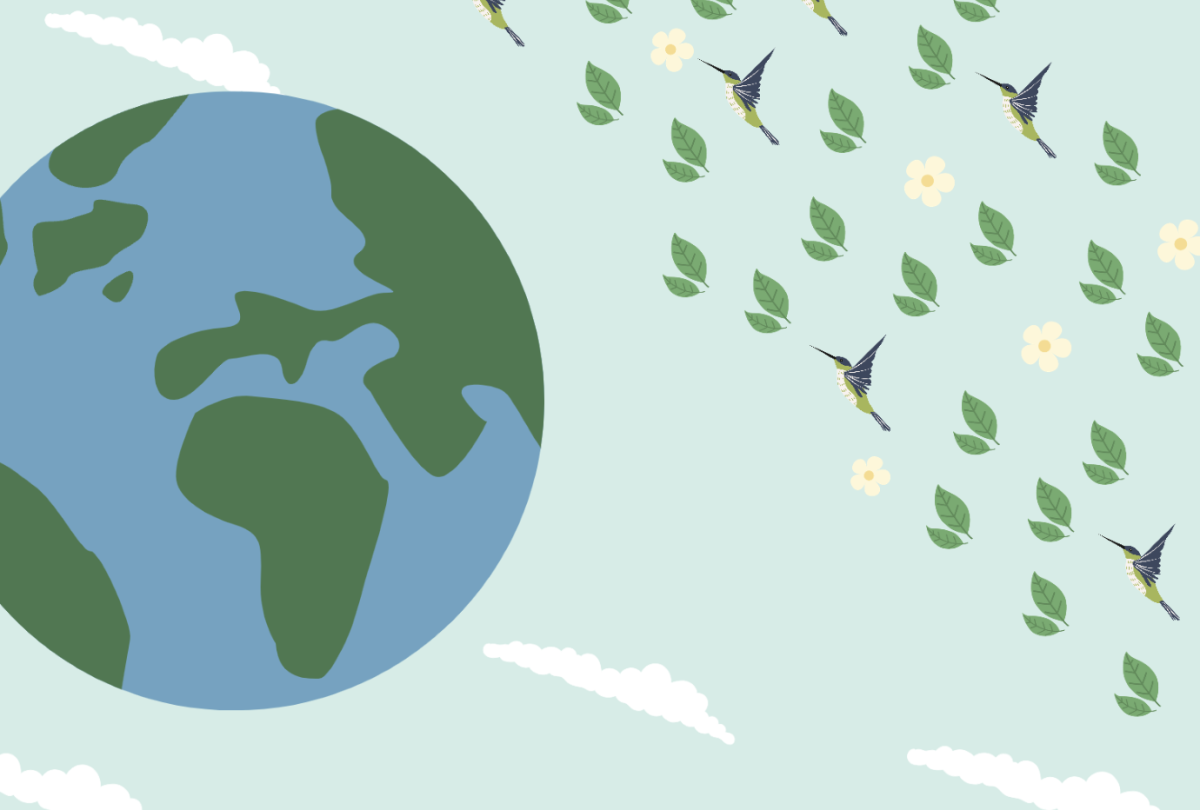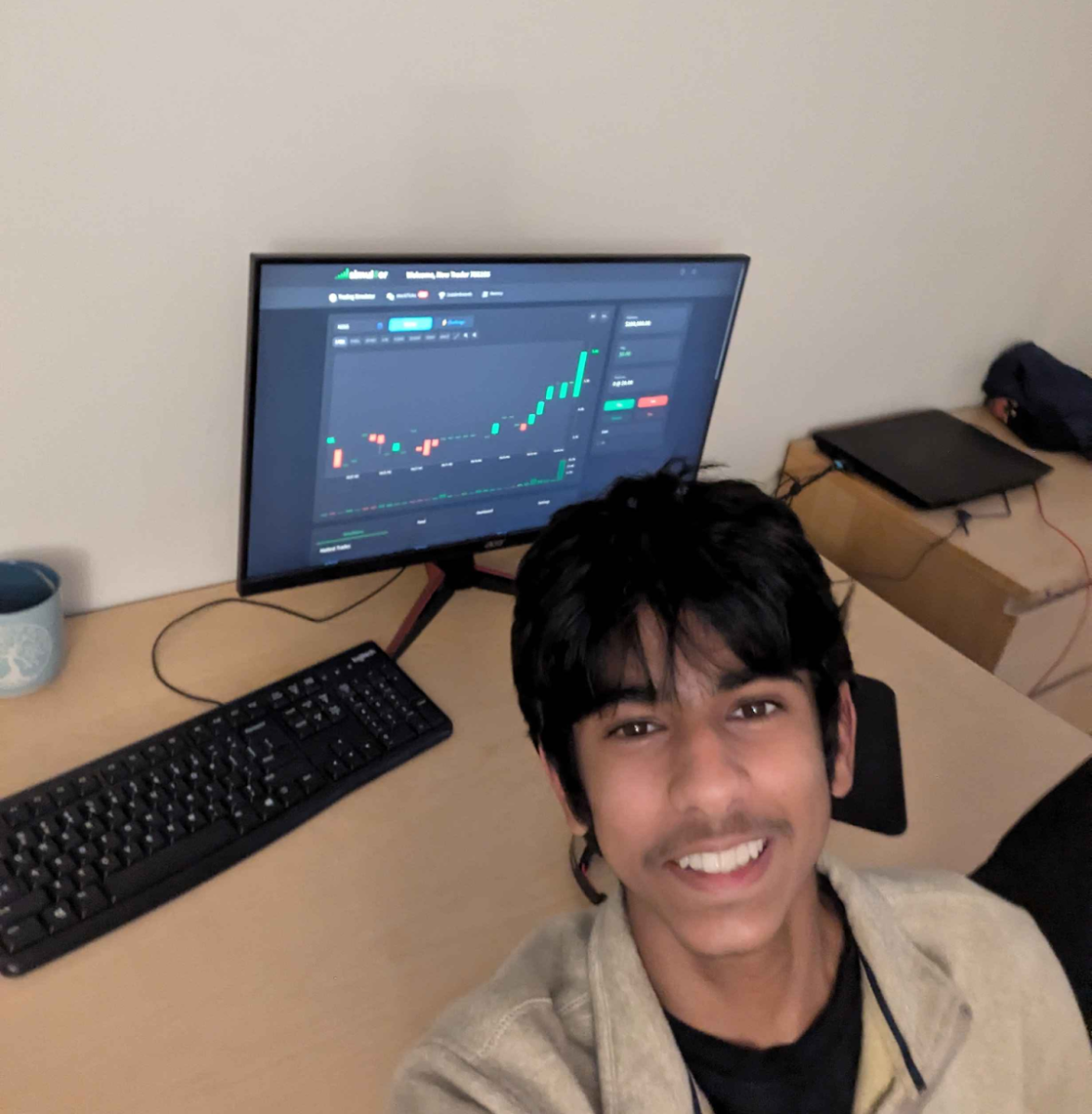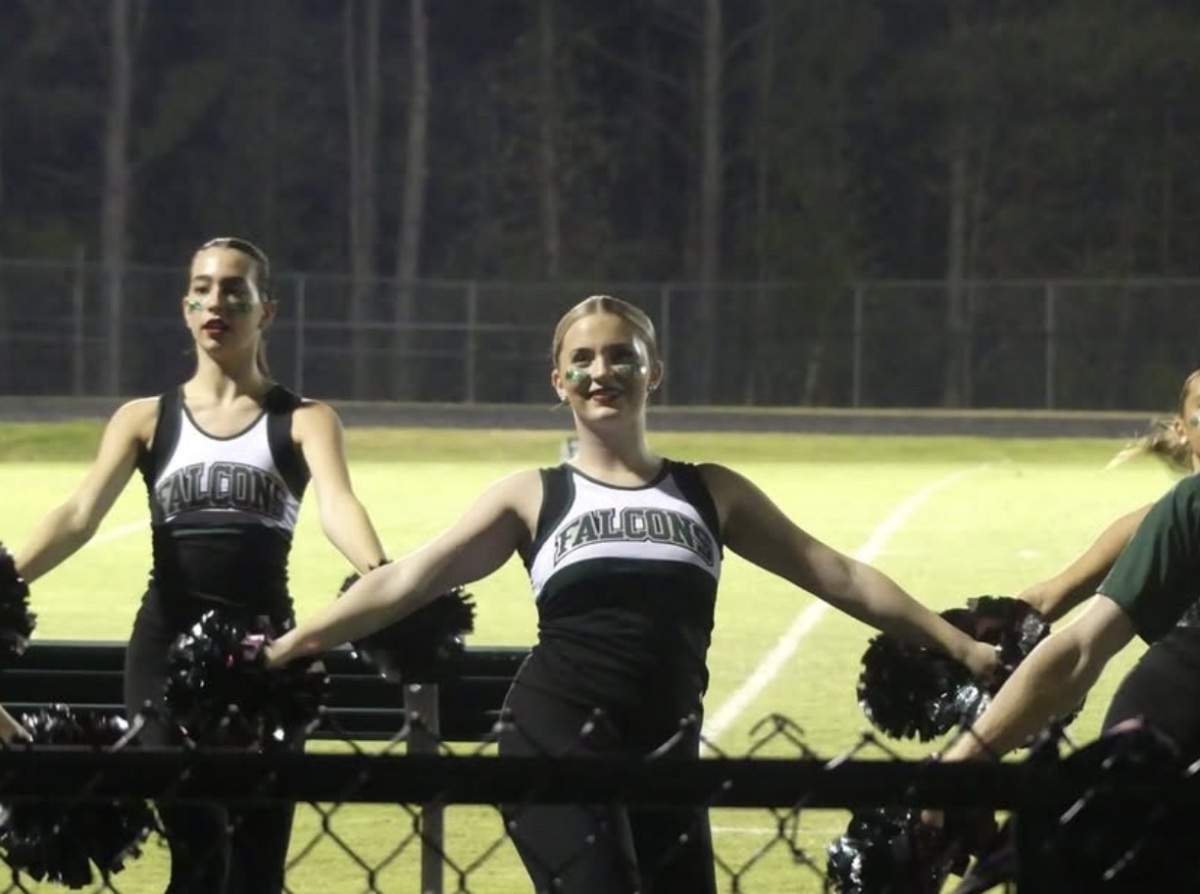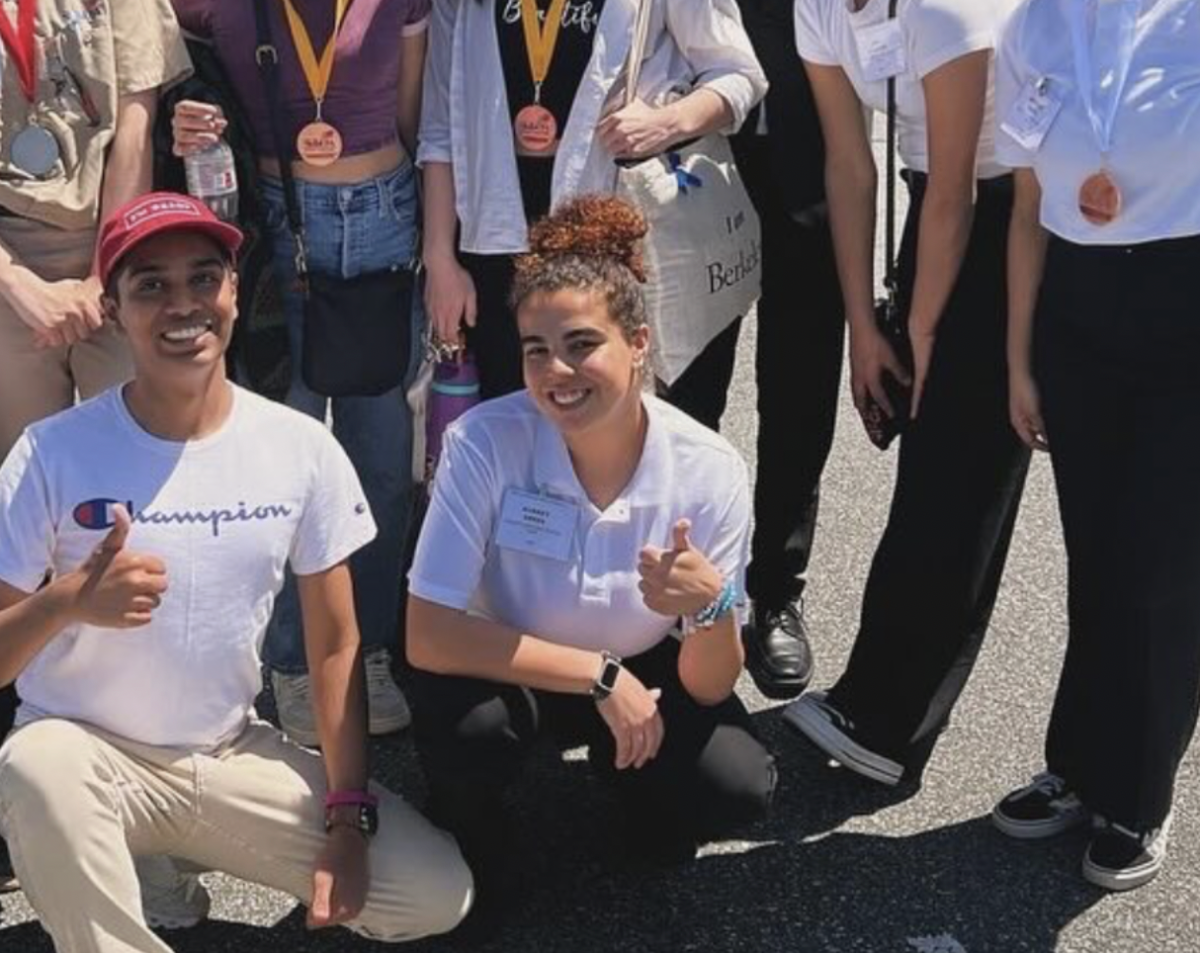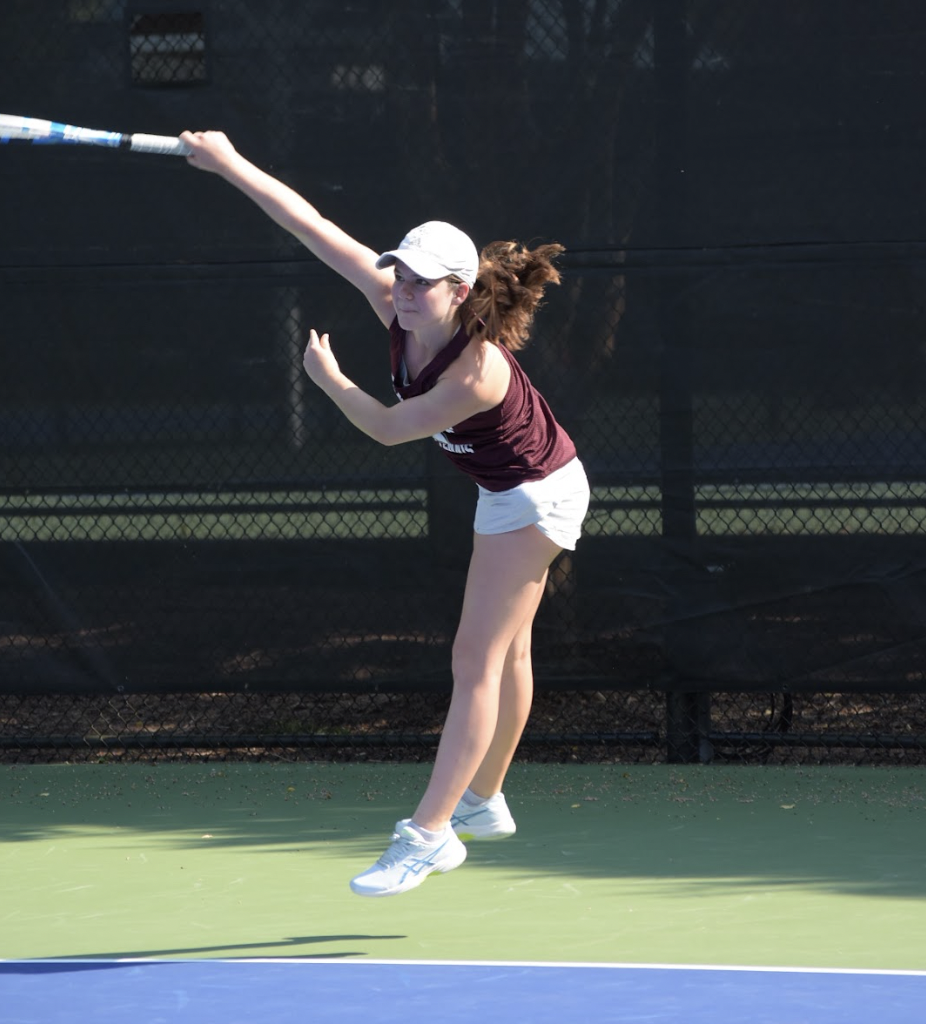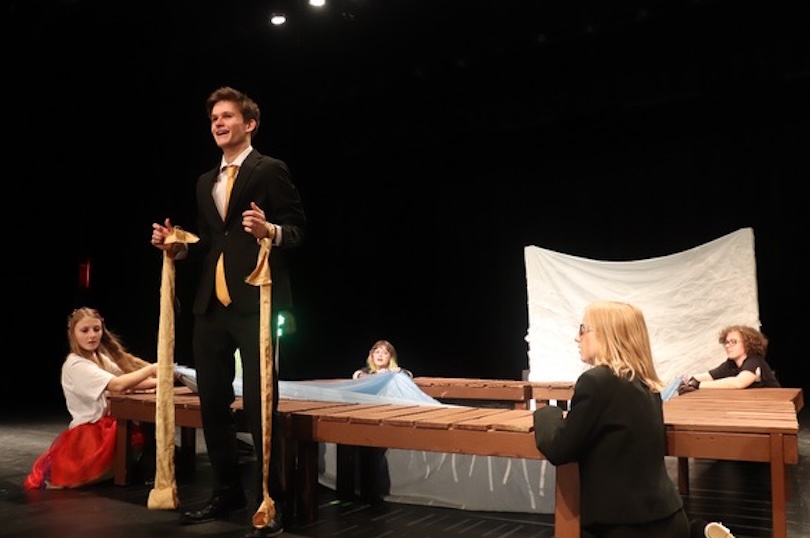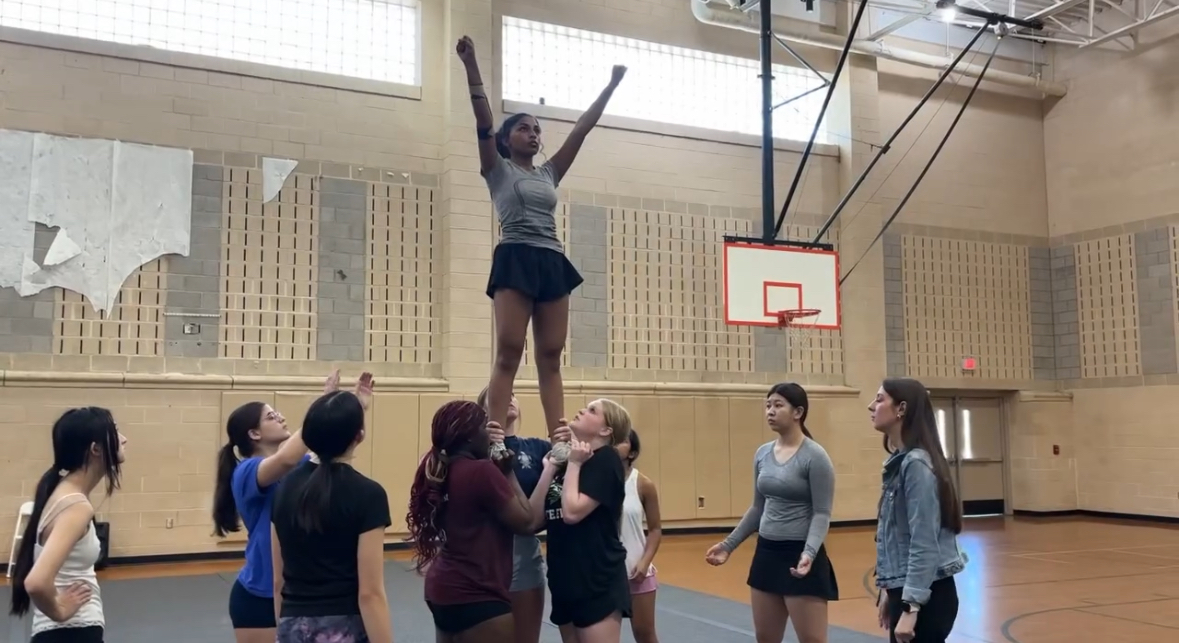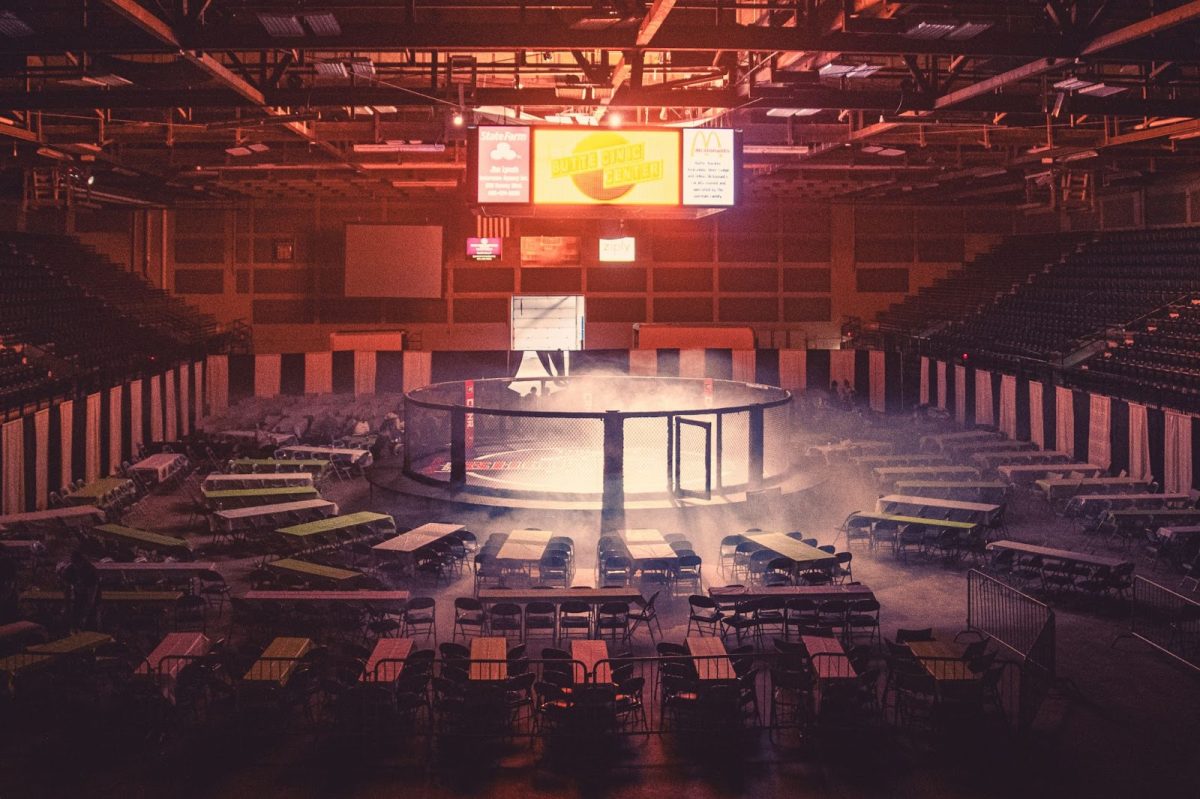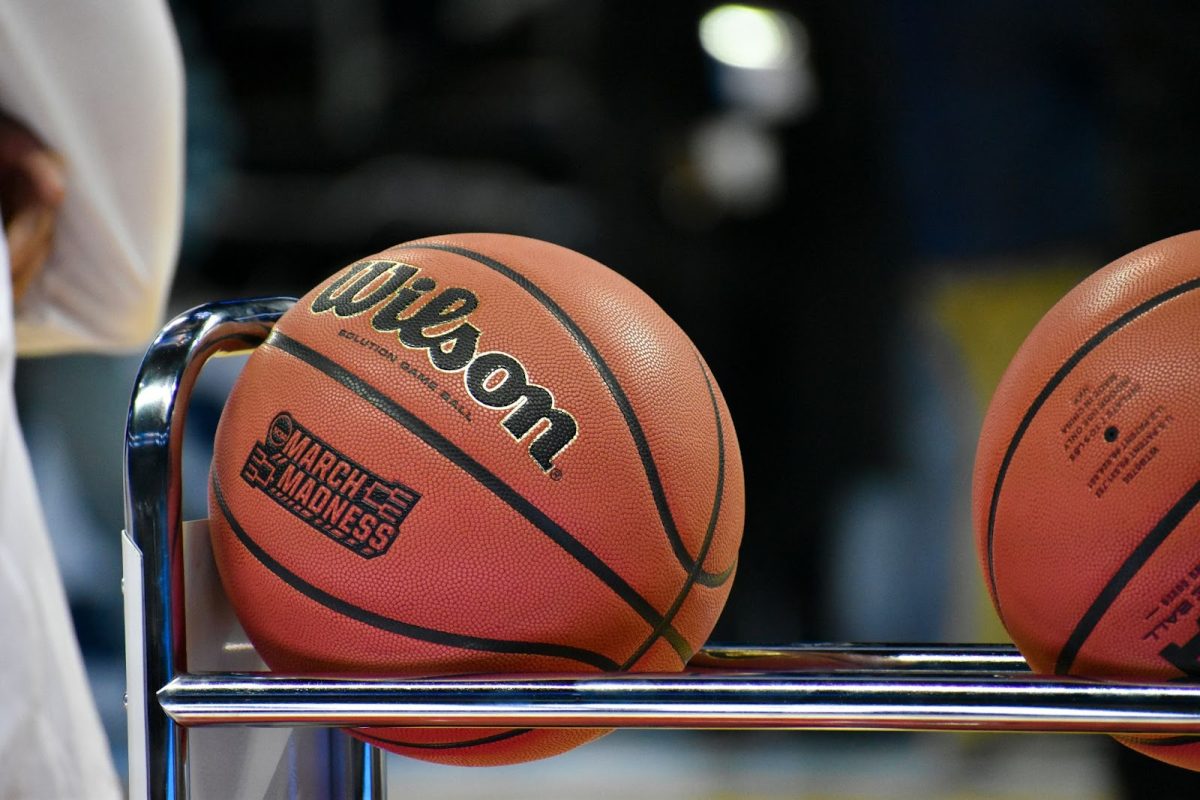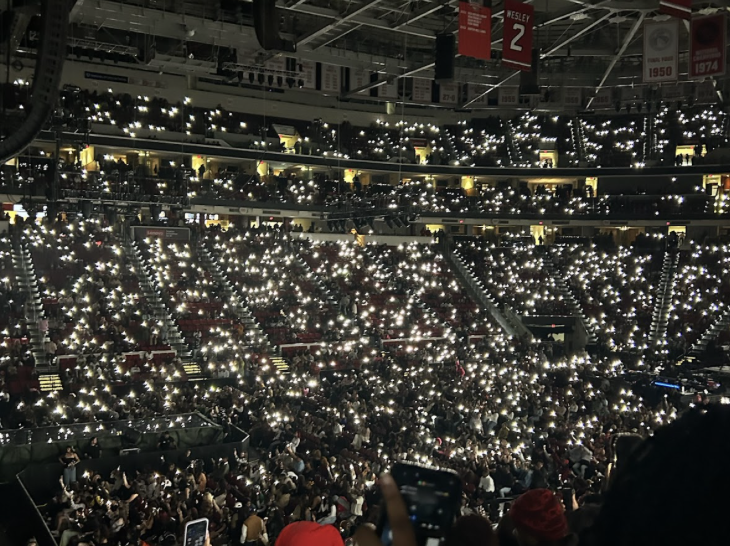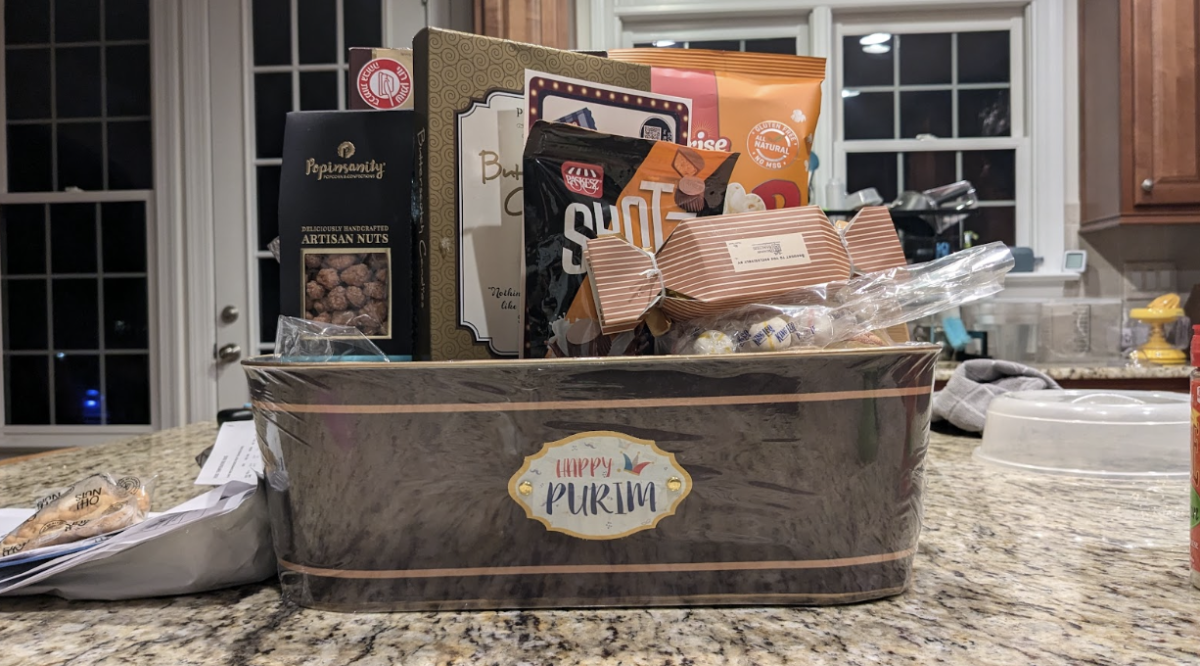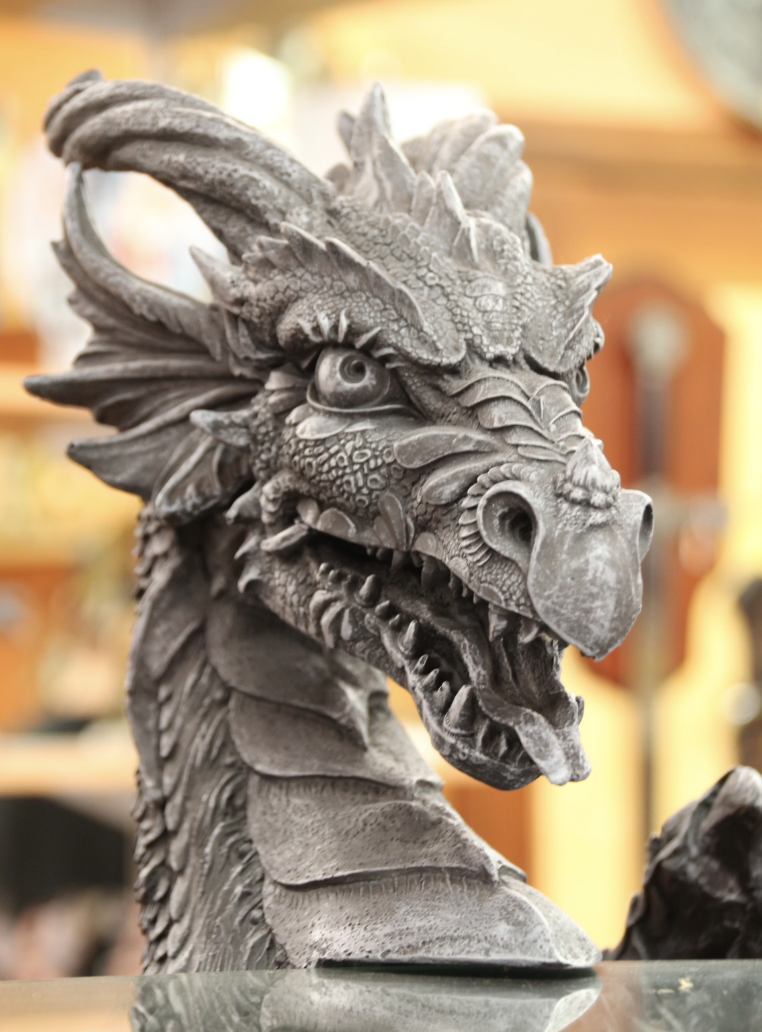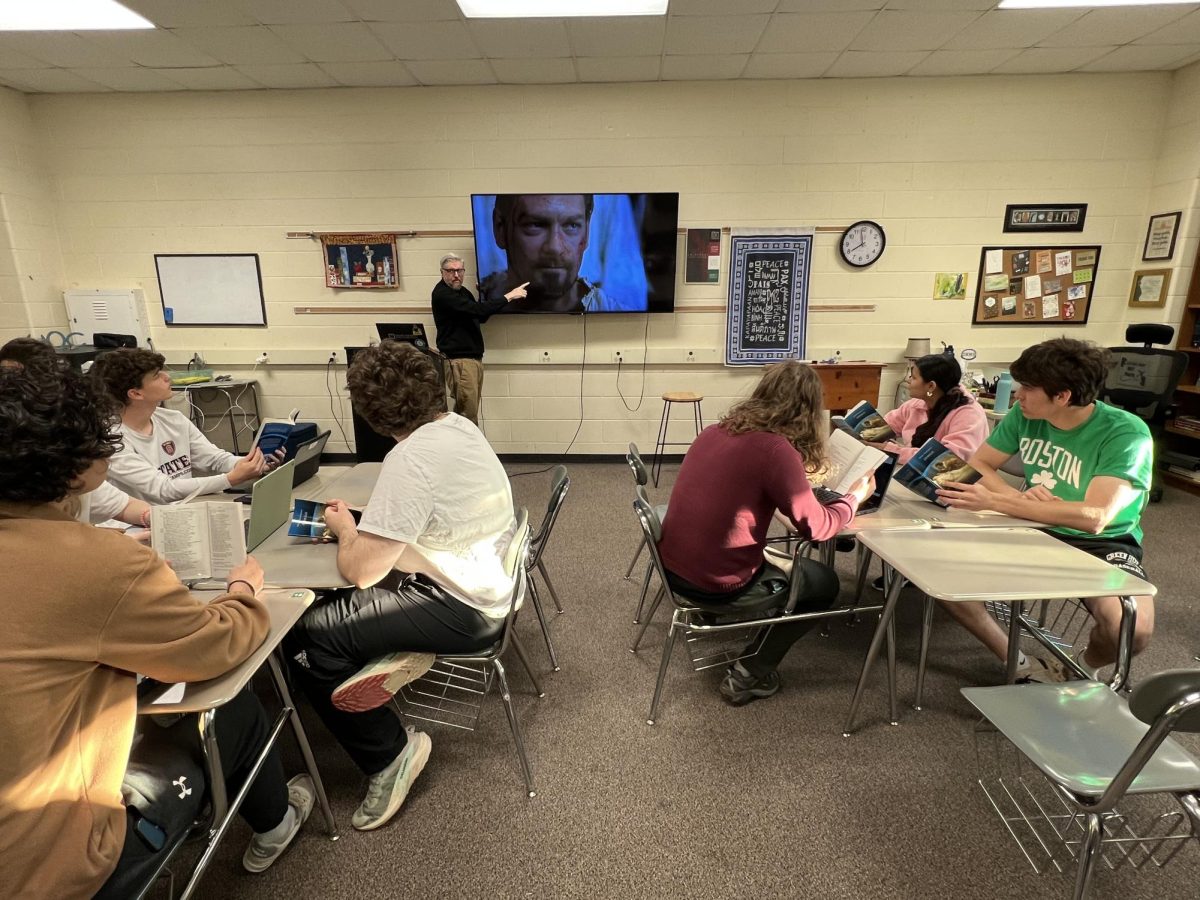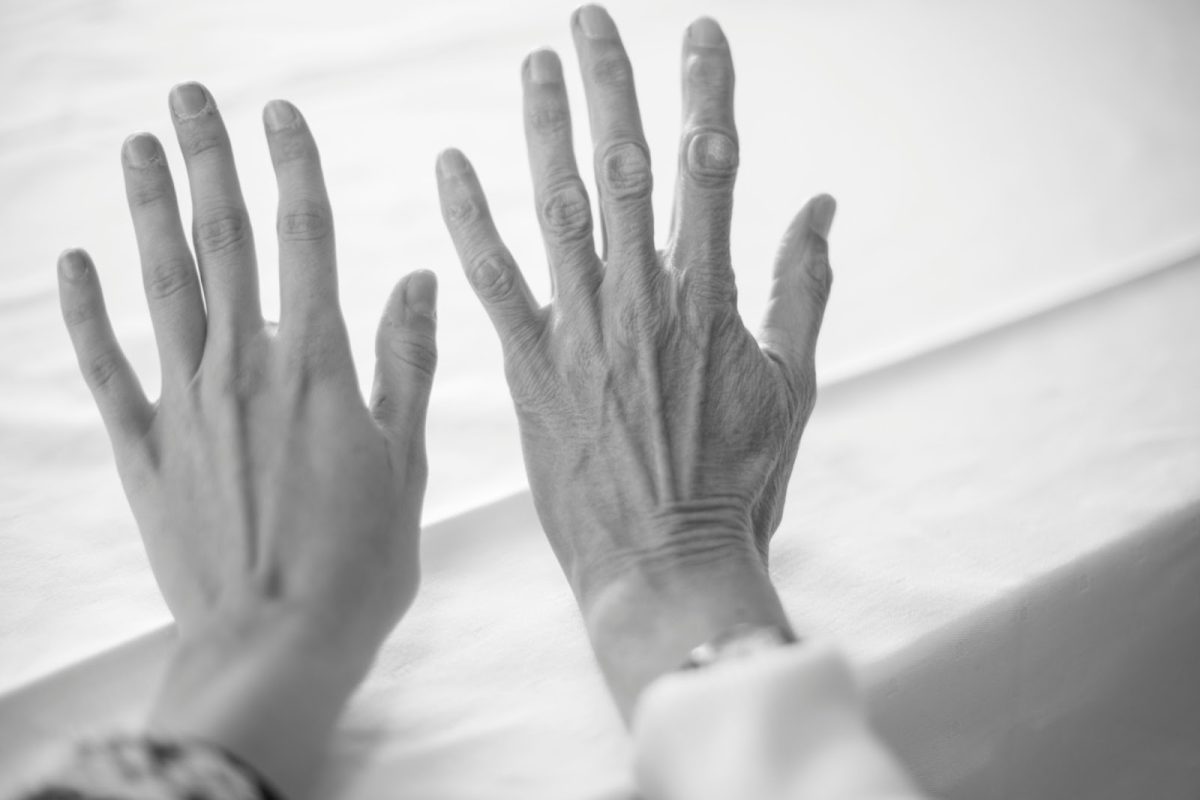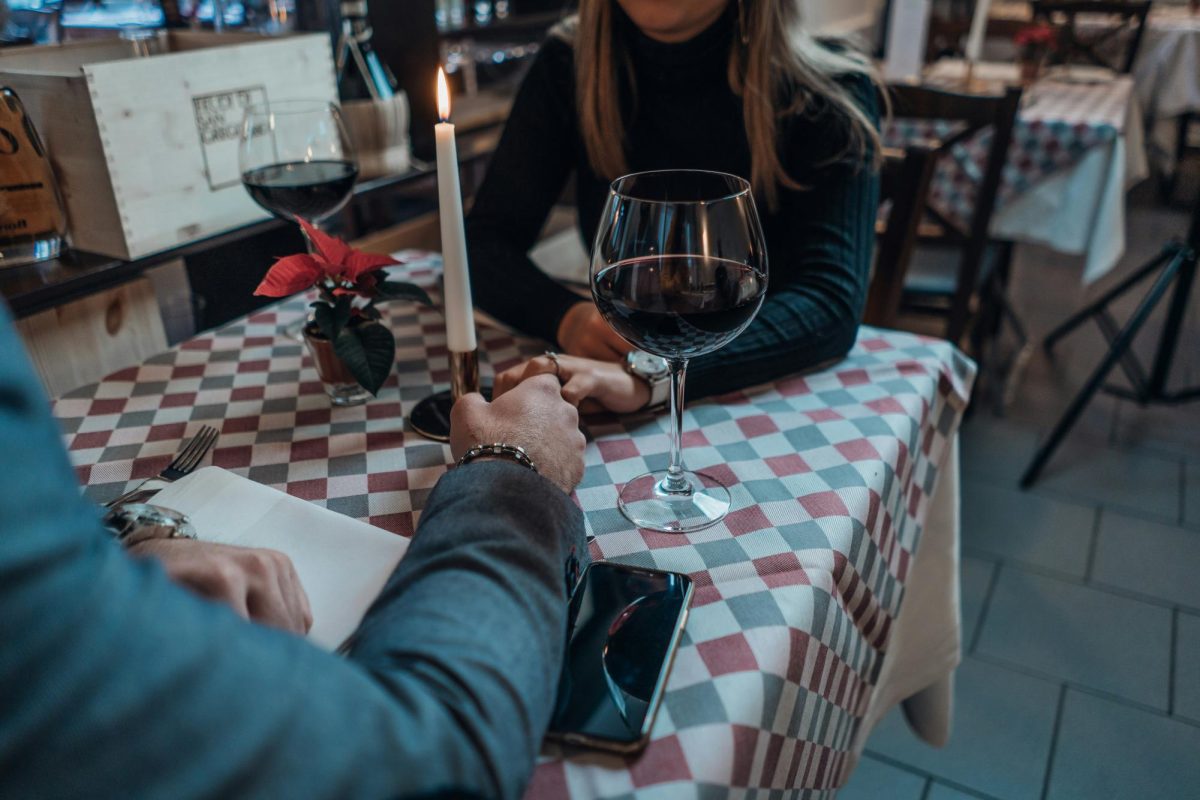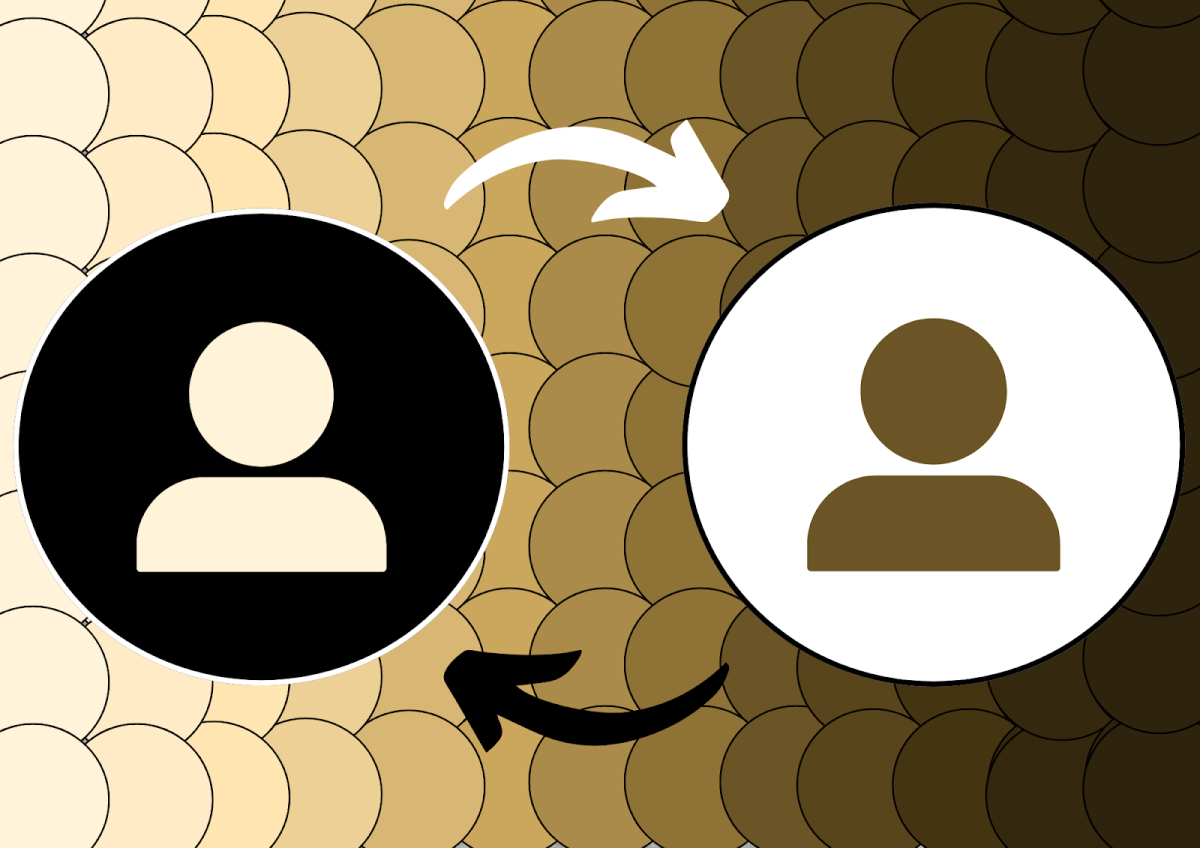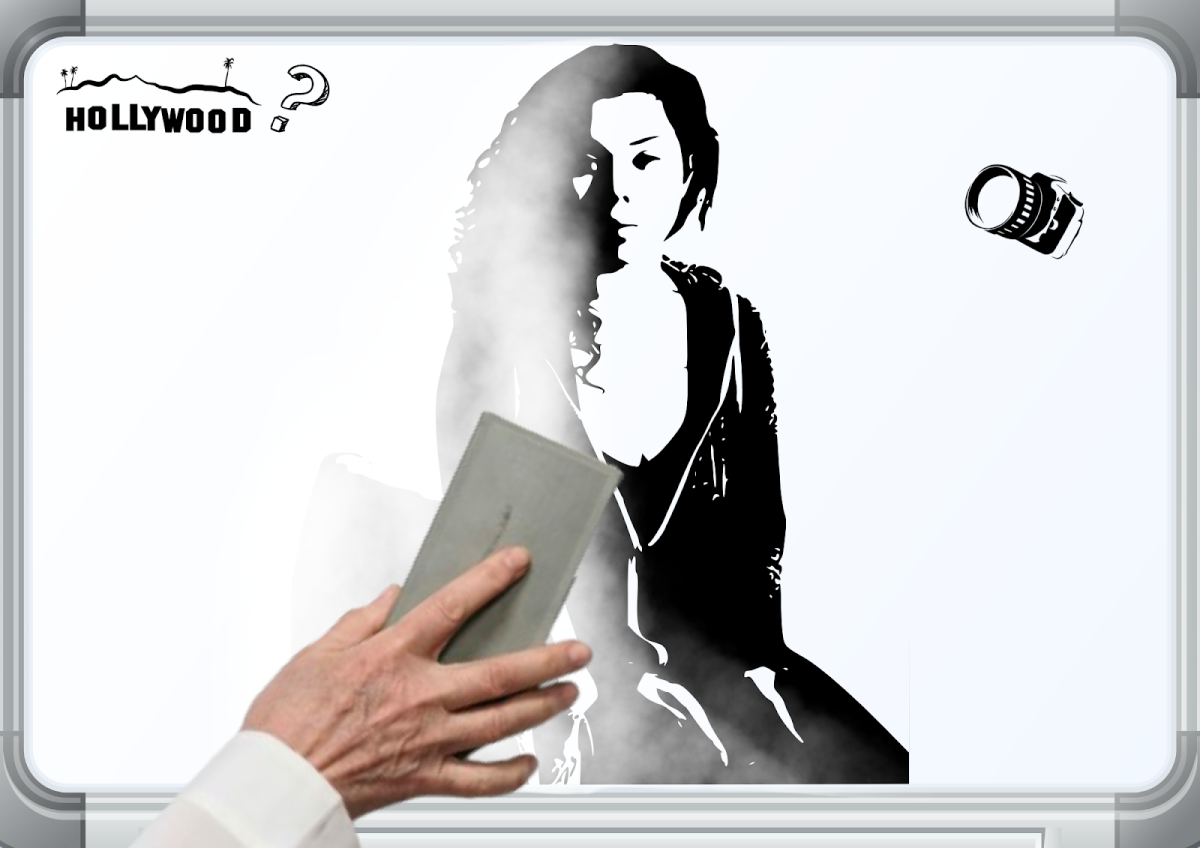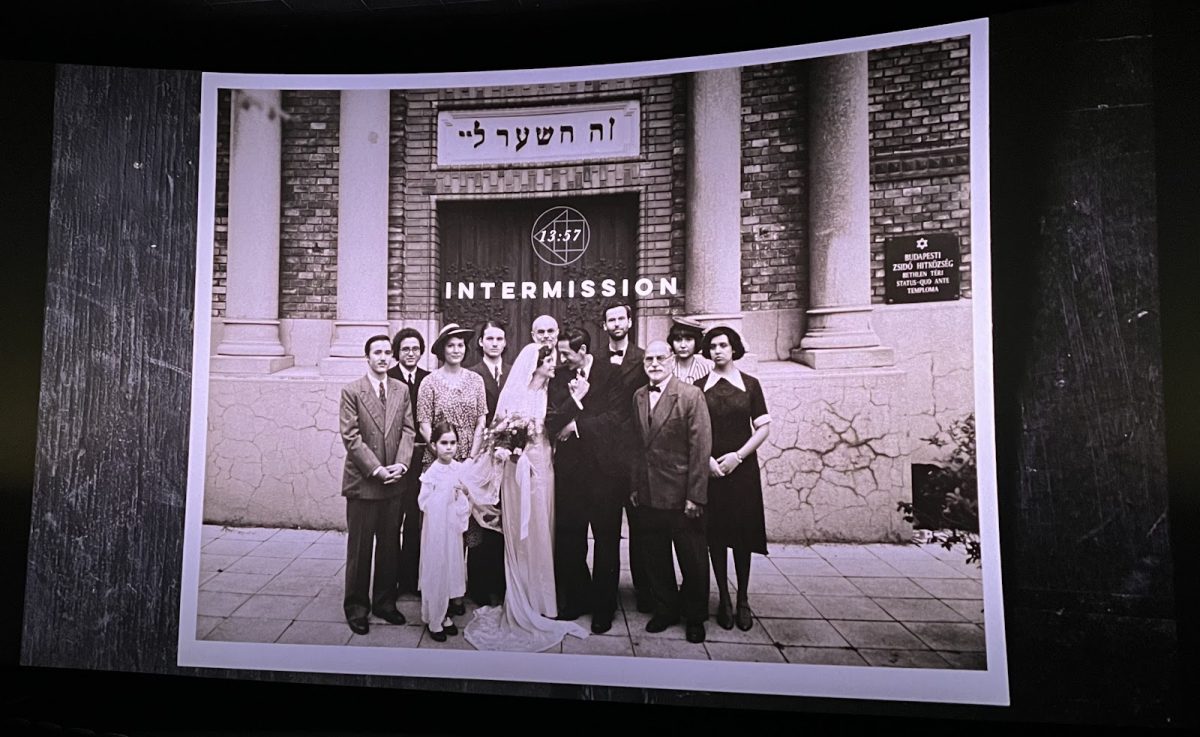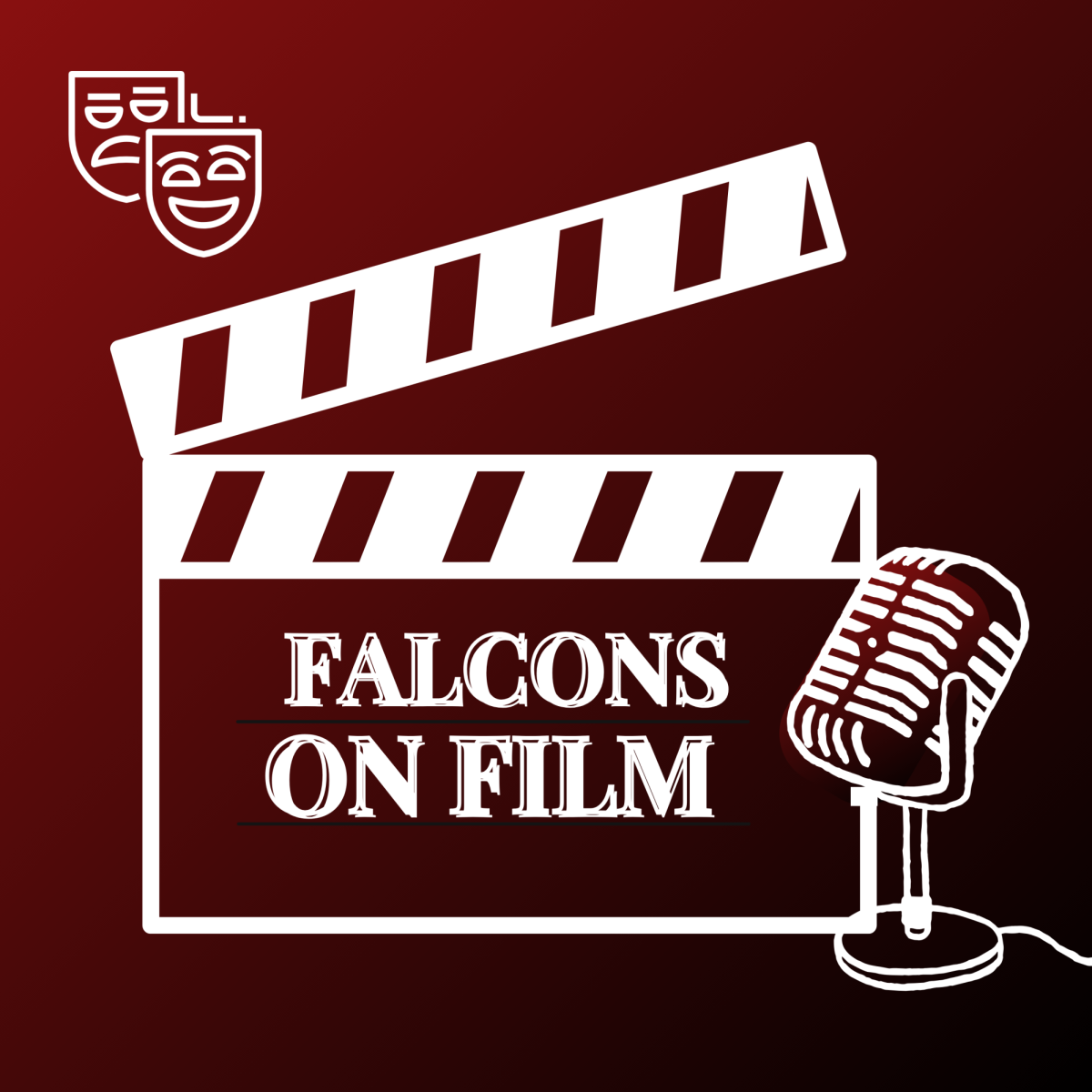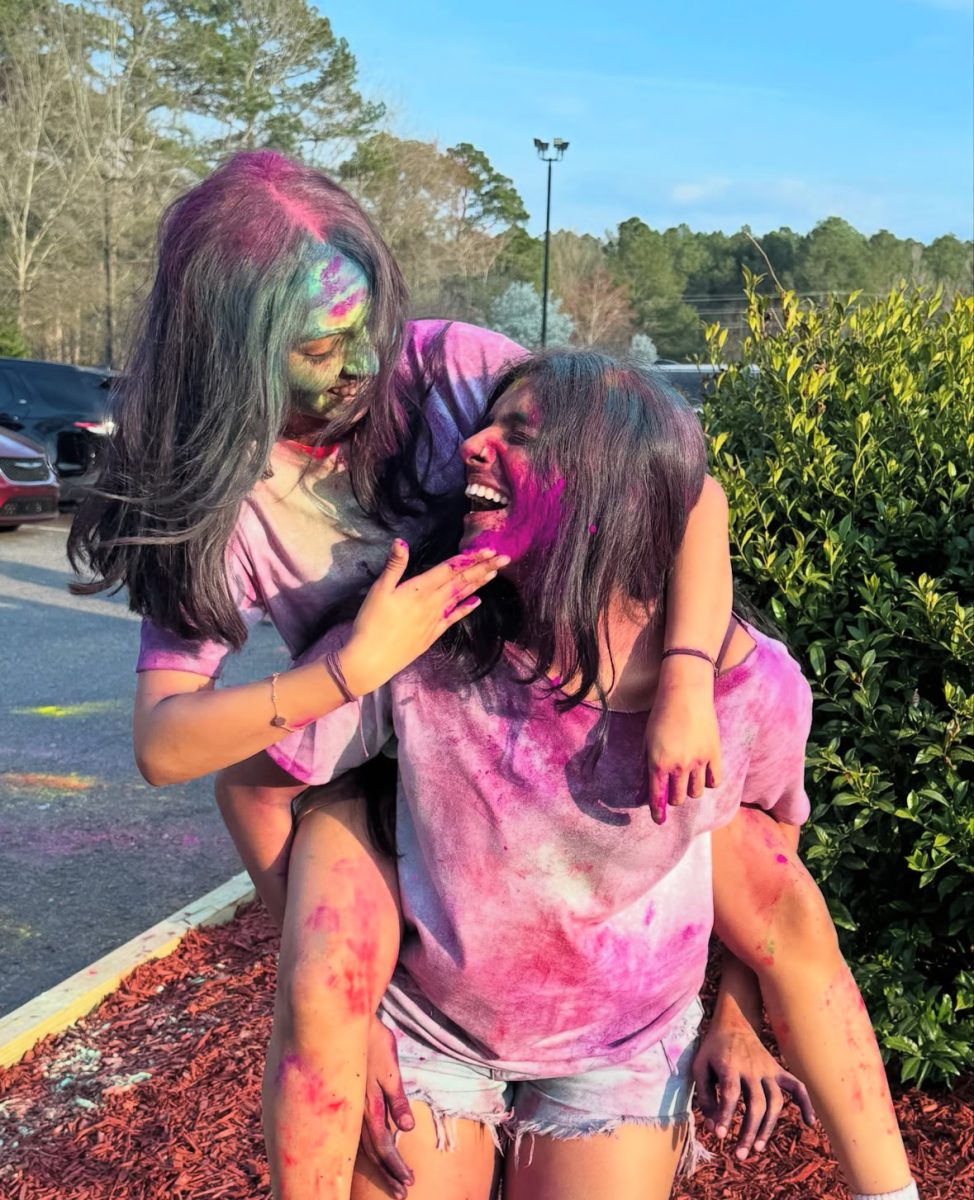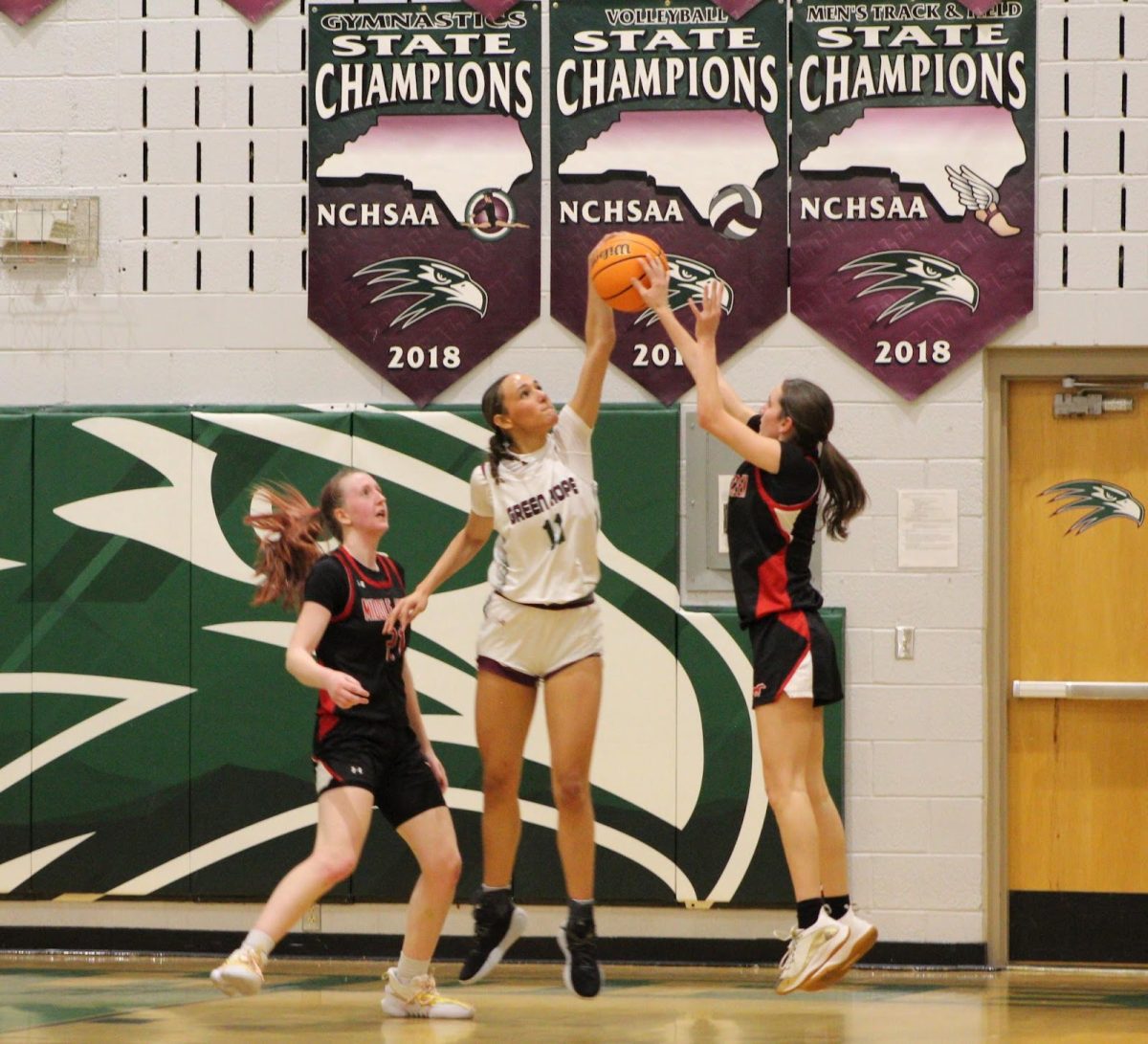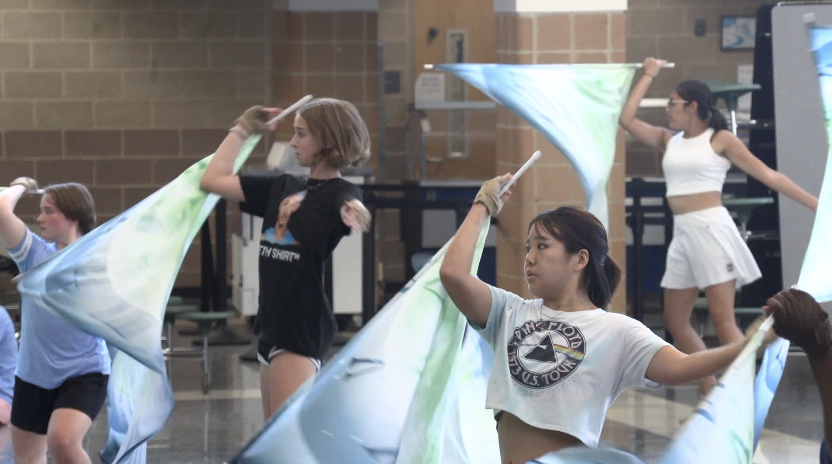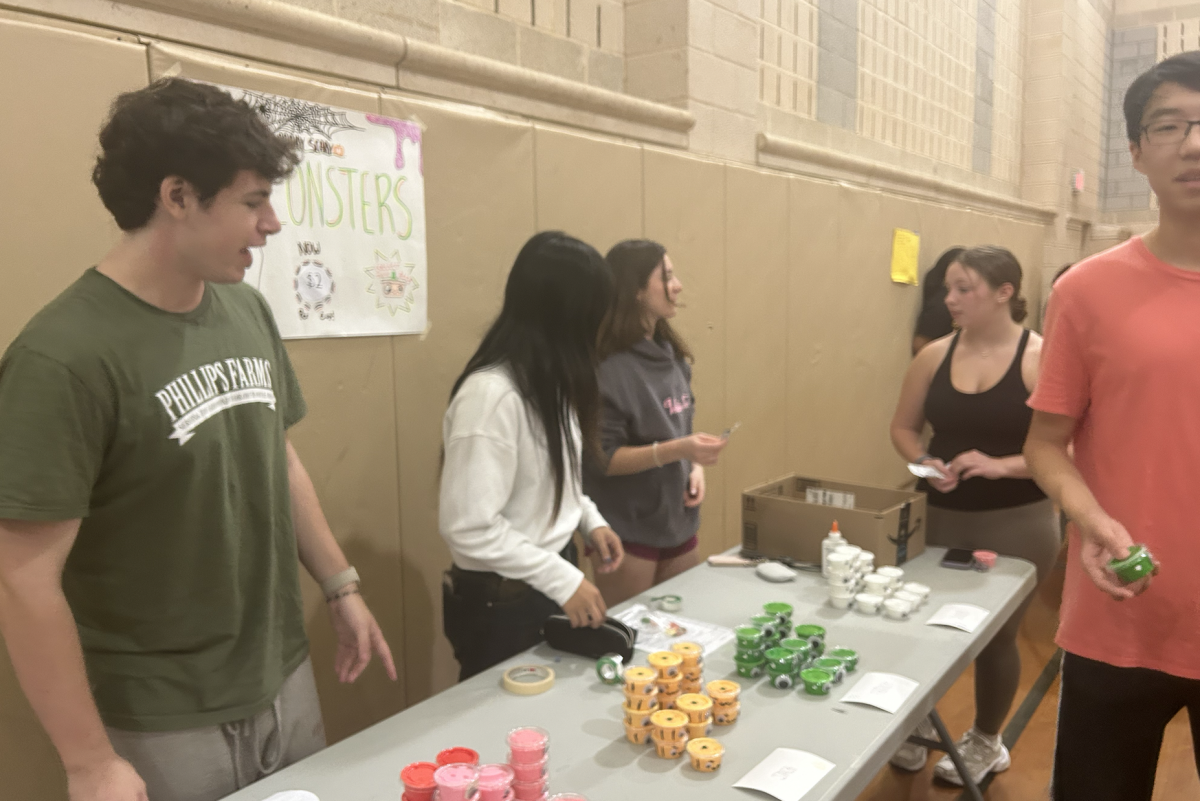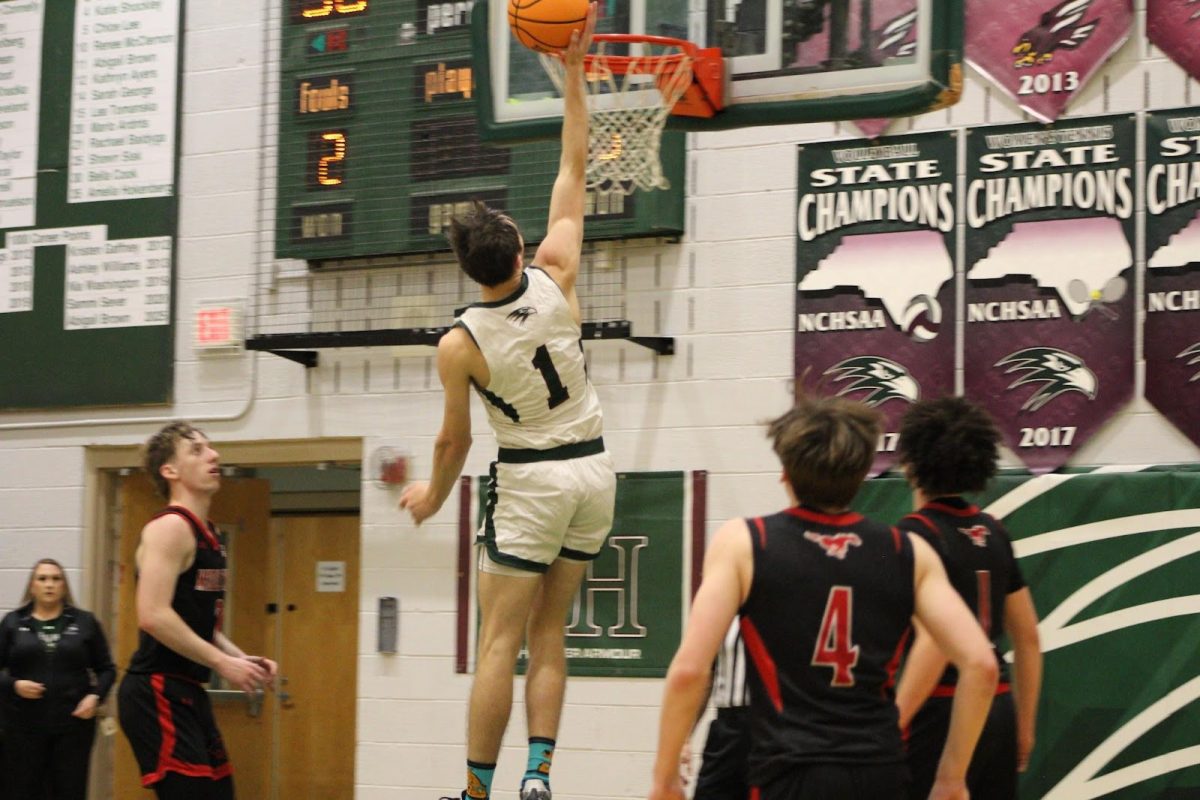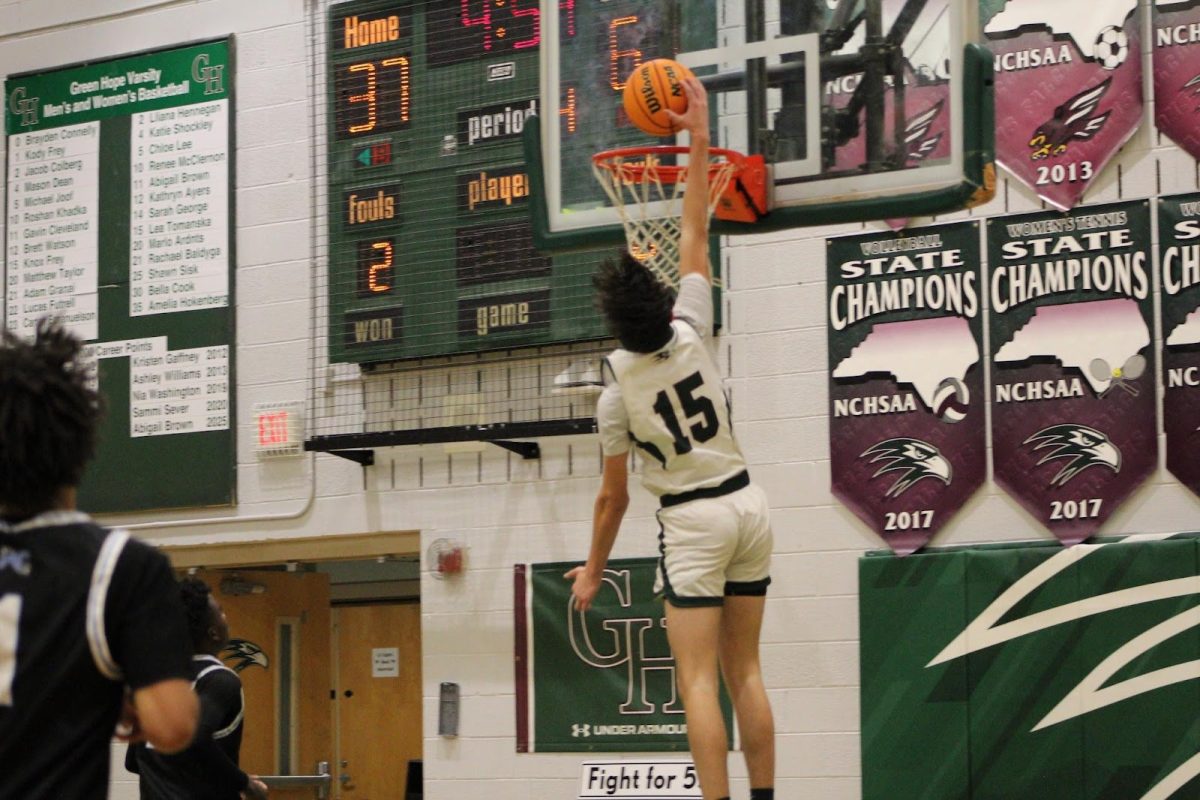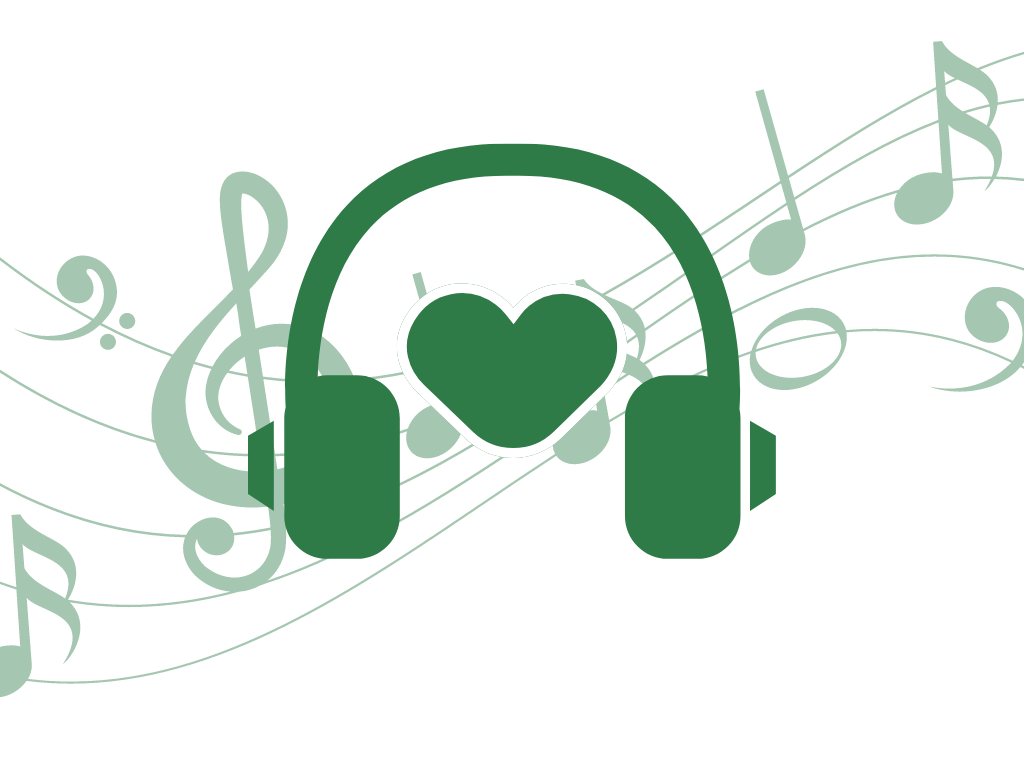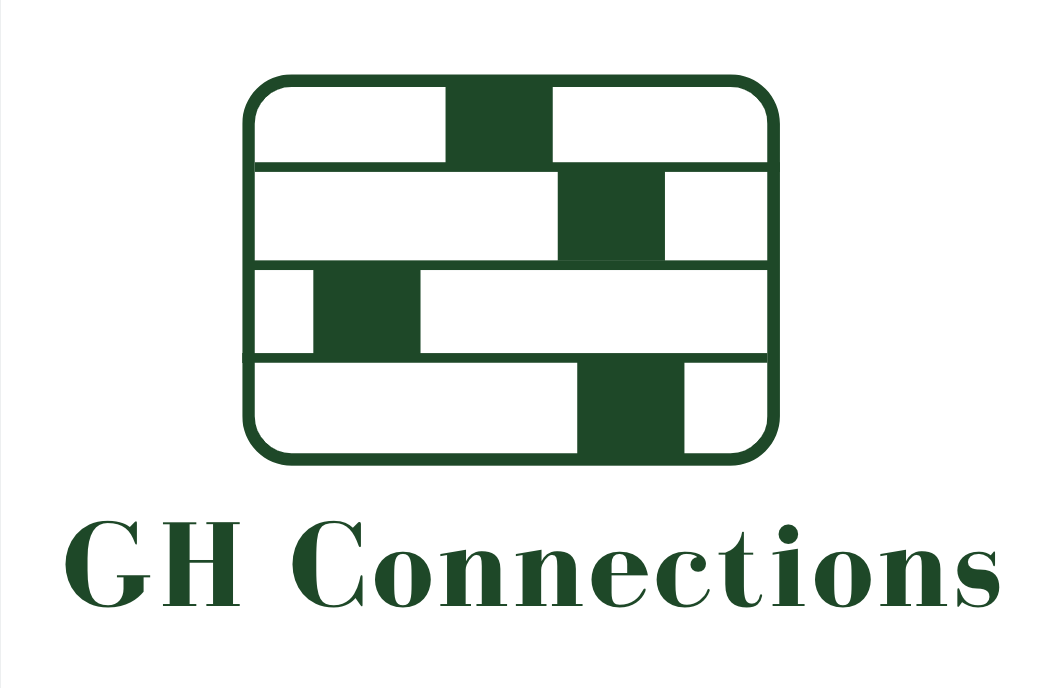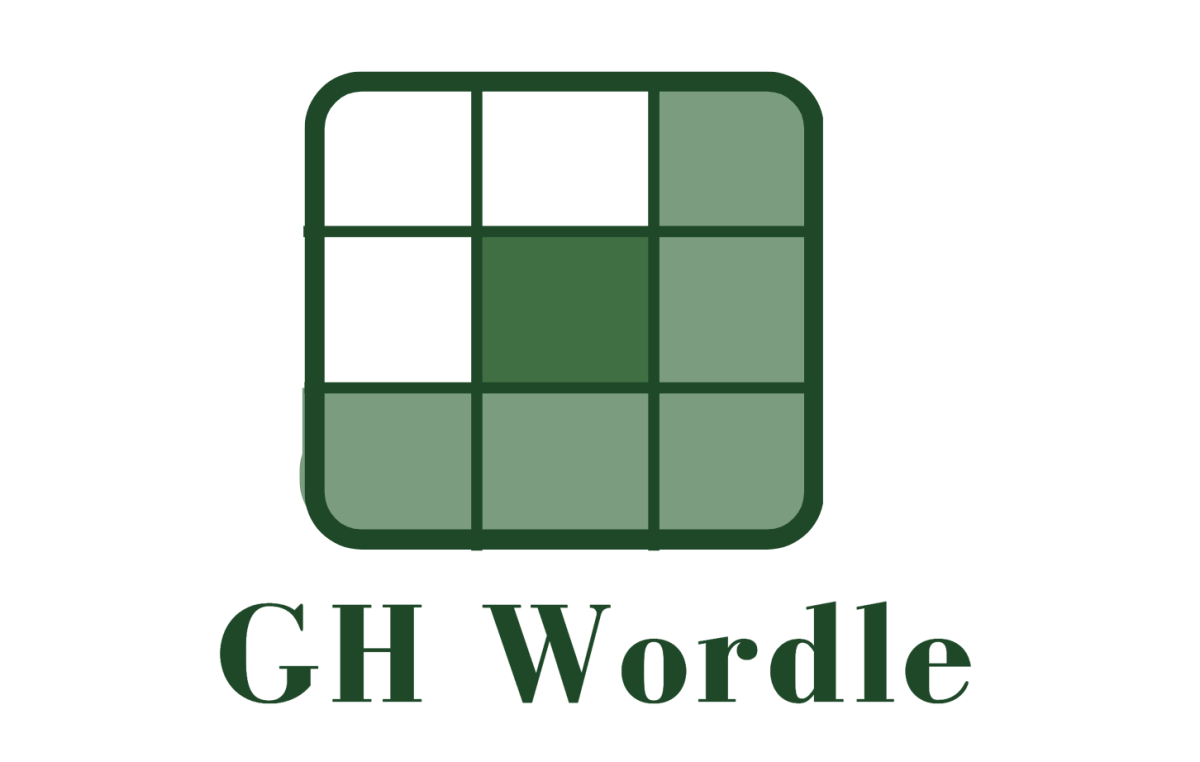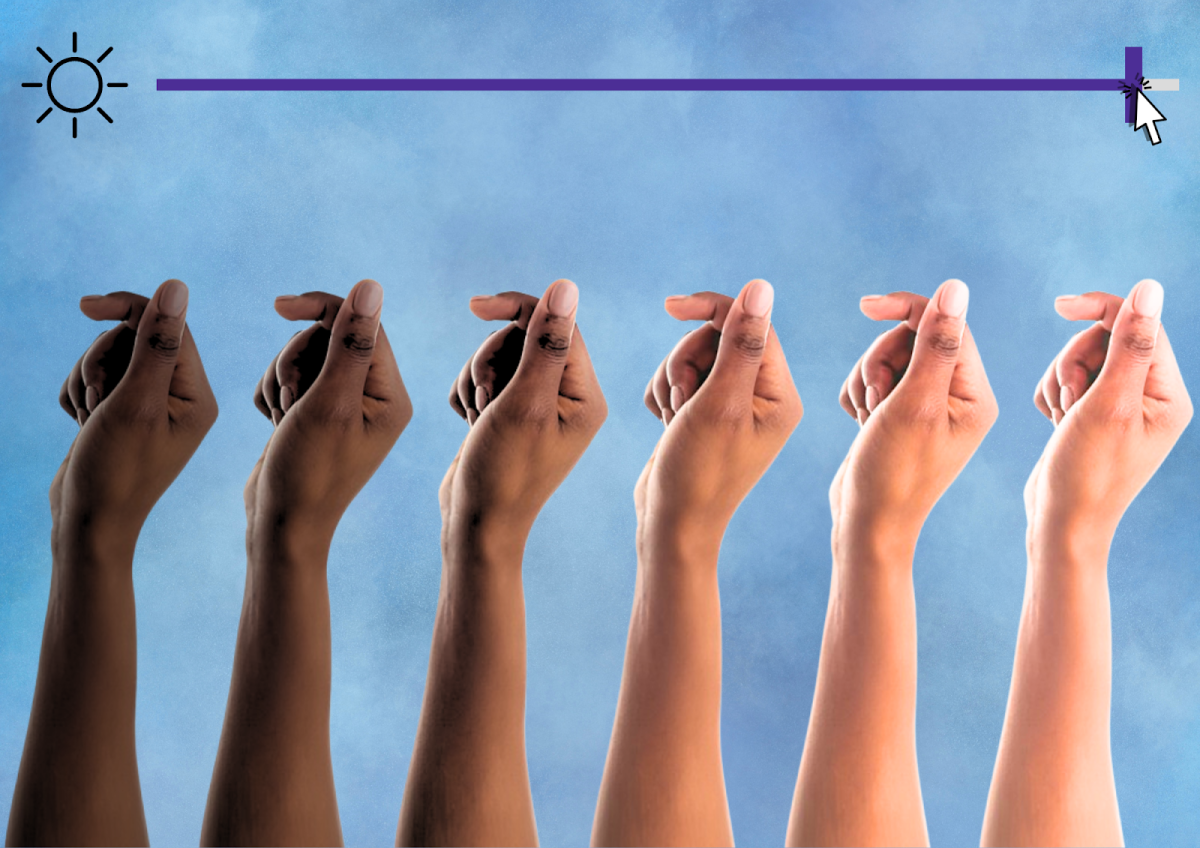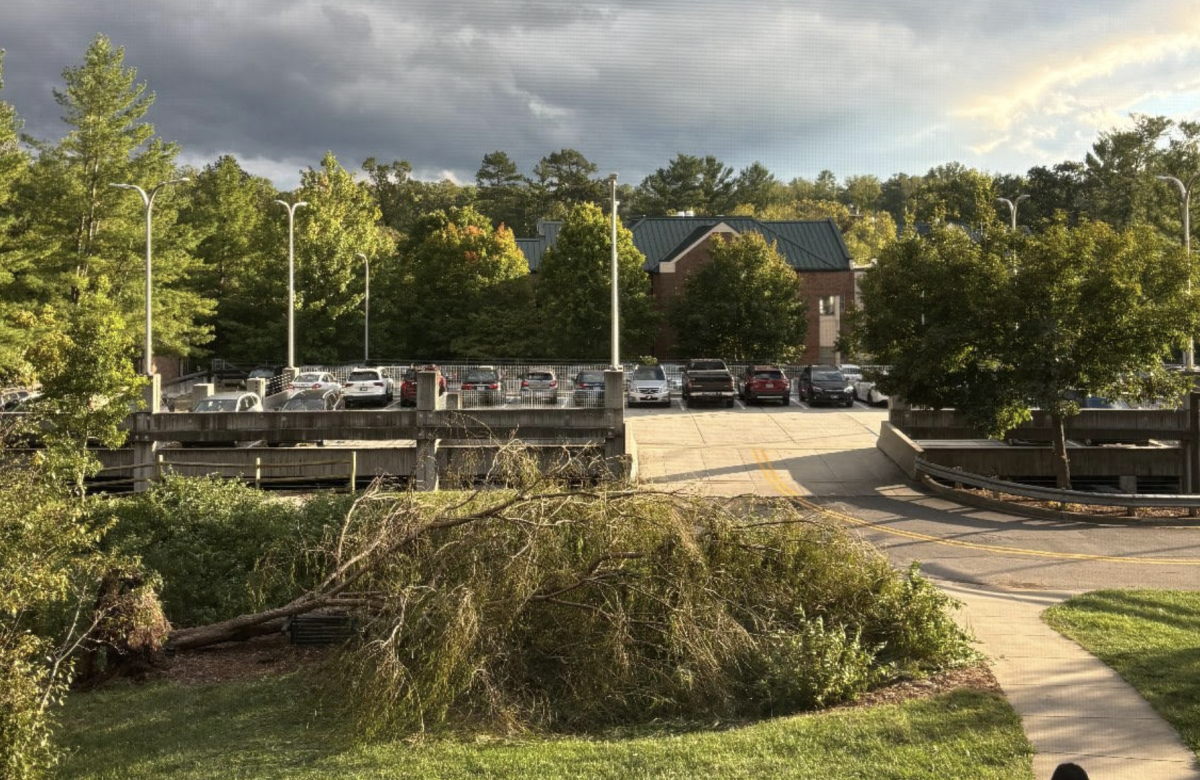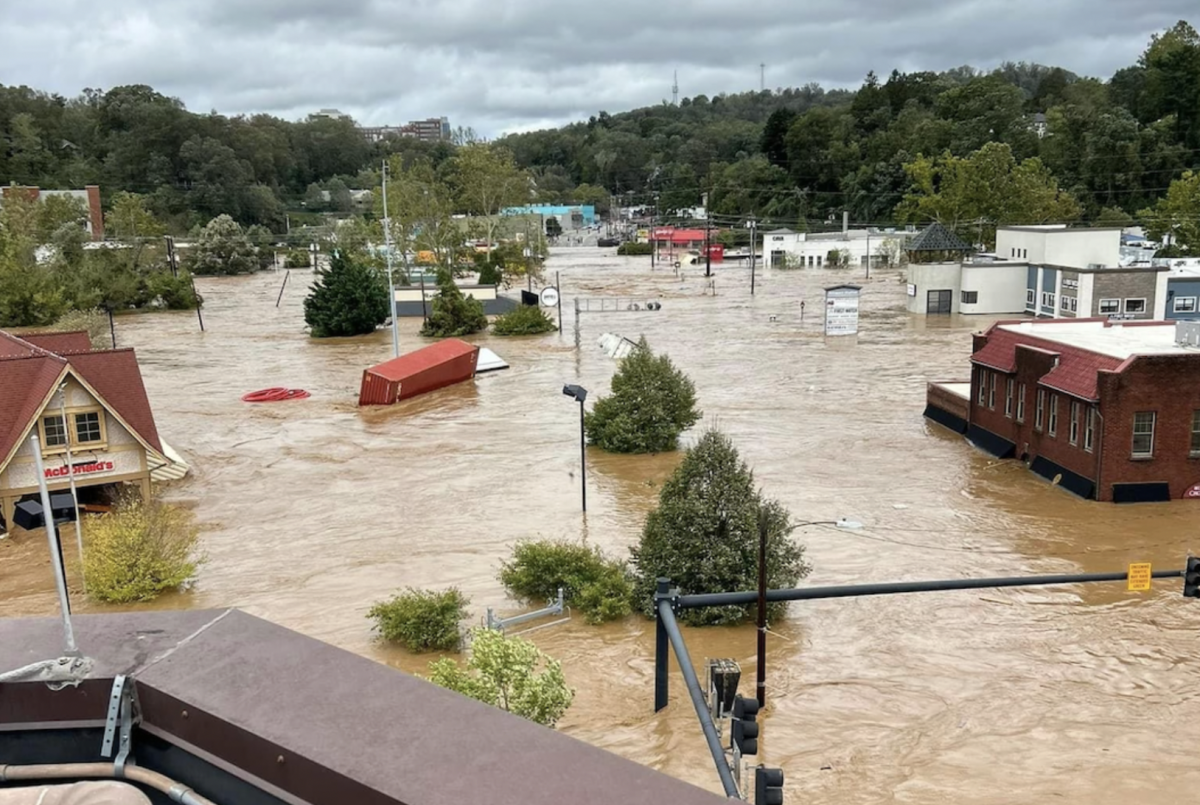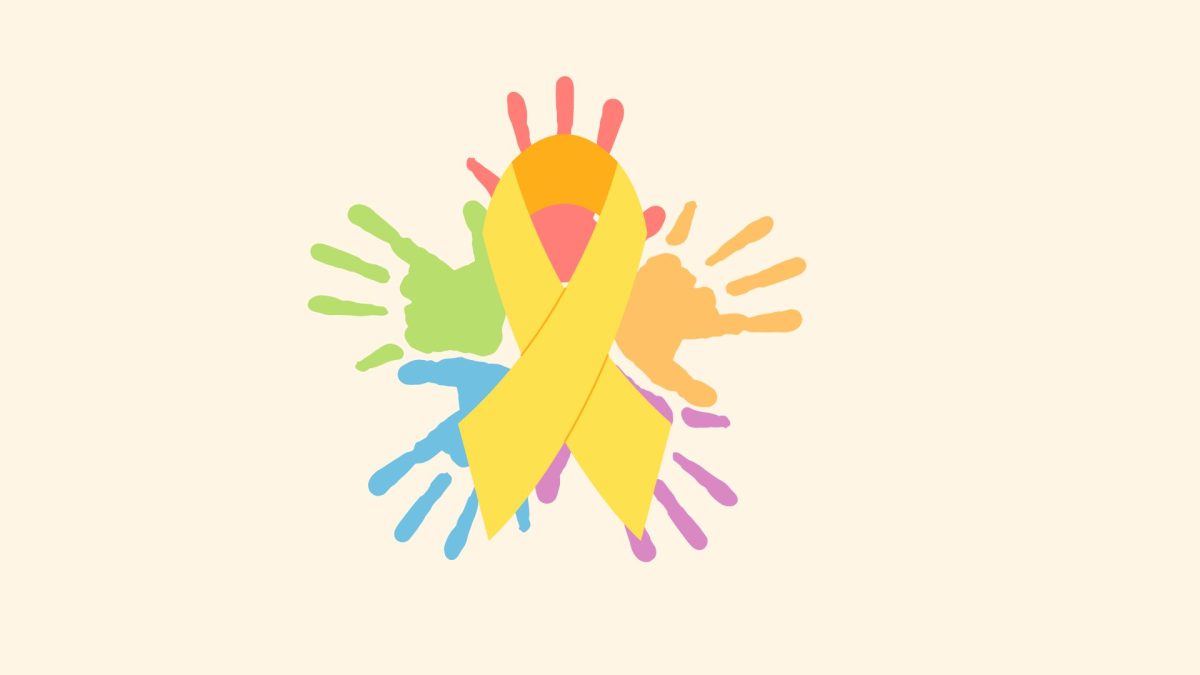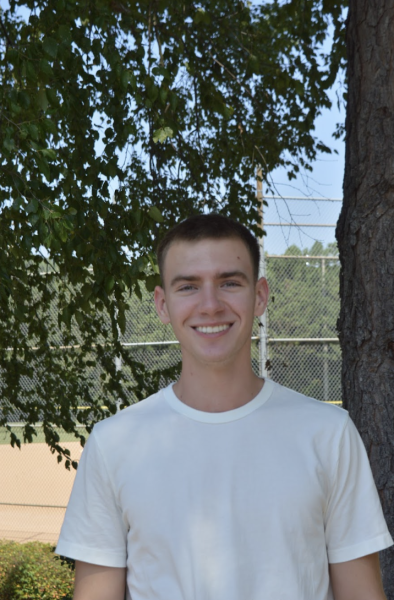Few high school students are brave enough to travel to a different country with a completely foreign language and people, but 22 students and two teachers from Green Hope did exactly that. These students spend their spring break traveling to Panama, gaining cultural experience and working with medical professionals present there to learn about a medical clinic.
The plan to travel to Panama started long before the trip. Ms. Davidson, a Career and Technical Education (CTE) teacher at Green Hope, worked to set up the trip. Student and trip attendee Lexi Blount (‘25) discussed the effort Ms. Davidson put in. “There was a booth last year at the States Leadership Conference for HOSA last year talking about global brigades, so Ms. Davidson went up to the booth and got more information about it. She was the one who started the opportunity. She immediately started looking at different locations and tried to gauge how many students would actually be willing to go.” Putting in immense effort to make this opportunity a reality for her students, Ms. Davidson found Panama as an ideal location.
With a location in mind, Ms. Davidson needed a way to present this opportunity to students. She found this in the new Falcon Medicine club established in part by Blount and advised by Ms. Davidson. Blount discussed how the organization created this opportunity within the club as a separate division known as the Medical Squad. “With the start of Falcon Medicine, Ms. Davidson thought it would be cool for me to be in charge of leading the Panama meetings within the club.” Many students immediately showed interest and prior to traveling, fundraisers and yard sales were held within the club to raise money for the trip.

While only in Panama for the week stretching from March 28 to April 4, the group of students had an opportunity to gain medical experience. Before this, however, they took some time to learn about the nation’s culture and society. “The first day, before we started the medical clinic, we went to Monkey Island. On this island, we went on boats on the Panama Canal and we looked for monkeys and learned a lot about the nature and history of Panama and the Panama Canal,” said Blount, explaining the cohort’s immersion into Panamanian culture. The group had the opportunity to learn more about where exactly they were, which is essential before jumping into the medical experience.
The following day, the group began their work. Blount explained what they did and the experience that they received and said, “The first day we were assigned a certain rotation. We had a whole rotation set up where the adults at the front were checking in patients. After they checked in the patients, we would have somebody help guide the patients to triage, our first station. In triage, we were taking weight, height and blood pressure. We had to learn a little bit of Spanish along the way to be able to communicate with the community there.”
Blount discussed the other parts of the rotation following triage, where patients either went to a medical or dental station. “We had students that were able to shadow the doctors and see how they diagnose the patients. They were really good at breaking things down to the students,” she said. Blount also discussed how the doctors explained patient symptoms and concerns to the students, showing them how they would make a diagnosis. After sharing about the medical station, Blount said that students underwent a similar shadowing session with a dentist.
Following triage, medical and dental stations, the patient’s final destination was a pharmacy where they would pick up their medication prescribed from the previous stations. The students helped out extensively in this station, as Blount explained as, “We would get the paper with all the patients information and what the doctors wrote that their medication needed to be. We had to figure out which medication it was, which was tricky at times because the name brand might’ve been different than what they wrote on the paper or bottle.” The students were allowed to be very hands-on, giving them multitudes of experience from this station.
After the patients left, the students had one more job to do before their work was done, which was the data intake station. Blount explained this station and stated, “The students were given the pieces of paper with patient information and had to put each one into the computer system. The doctor’s handwriting was hard to read and was in Spanish, so it was really good real world experience. The pharmacist was really helpful in helping us translate, which also helped us make connections between what the patients symptoms and diagnosis were and the treatment.”
After three days working in the clinic, the students took a day off and had some fun in Panama, traveling to the beach and exploring the city. Blount explained the fun following their experience at the clinic. “After three clinic days, we had a beach day and then went back to Panama City for a celebratory dinner.” Adding some fun to the hard work that the students had been doing, they got the full experience of the foreign country.
Students got a good balance of both work at the clinic and fun exploring the country. Even during the clinic, the students enjoyed the experience and gained invaluable knowledge. While other students spent their spring break traveling to the beach or sleeping in, this group of students put time and effort into learning more about the medical world.

